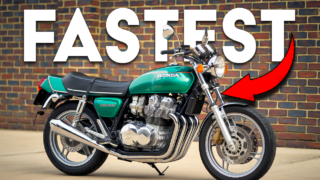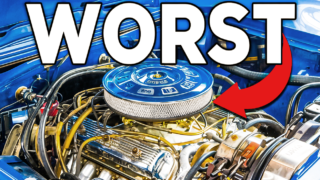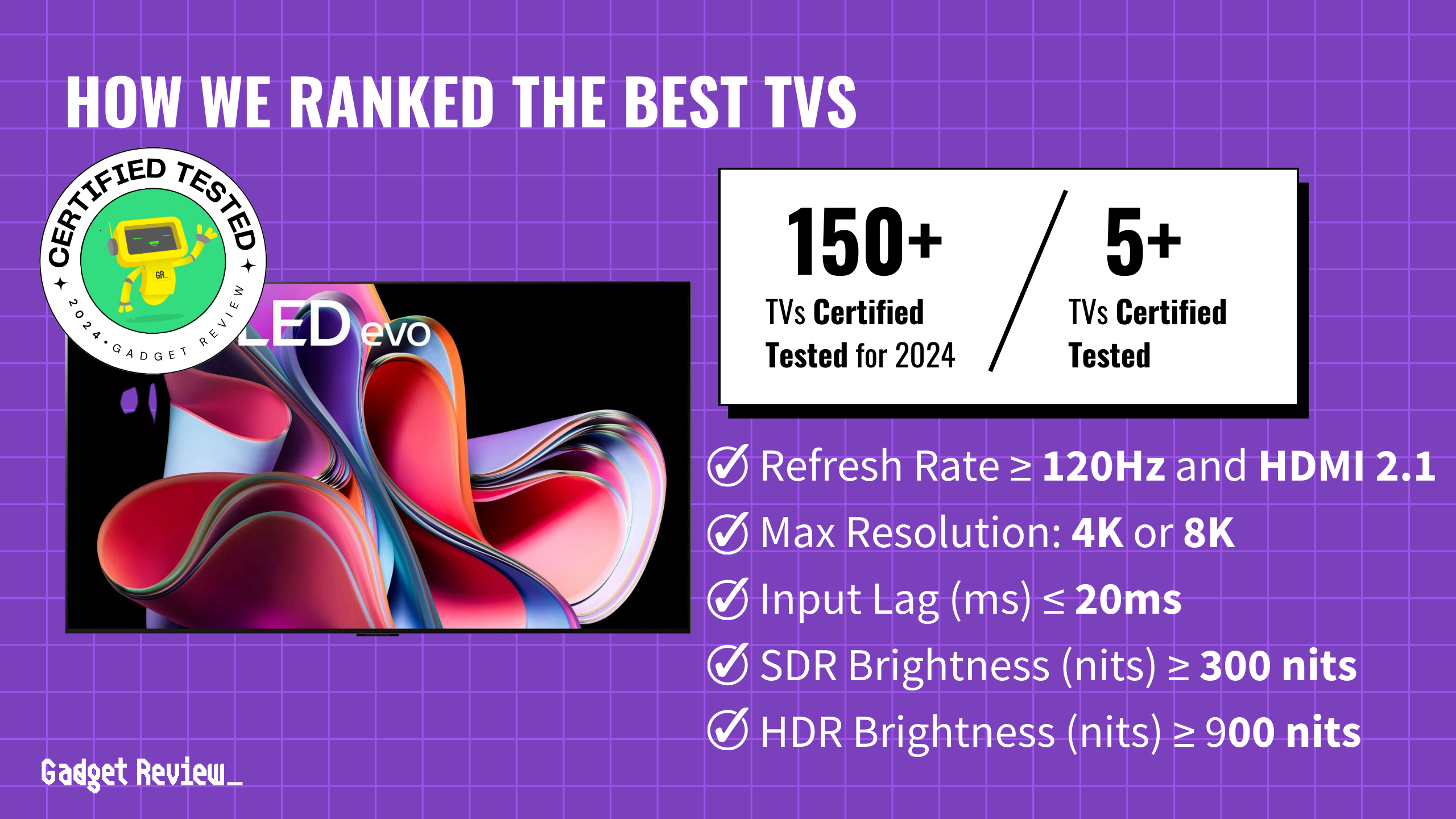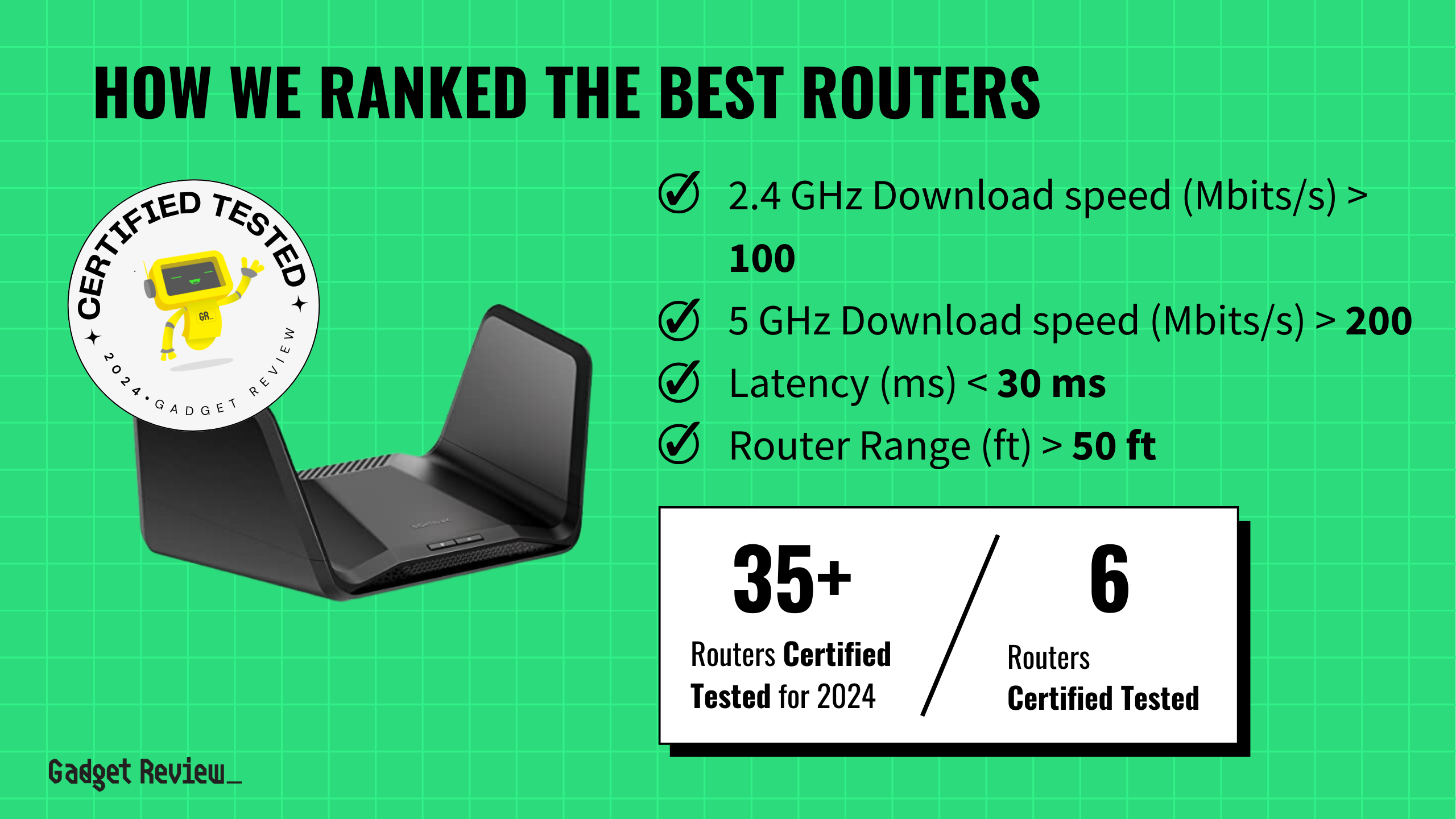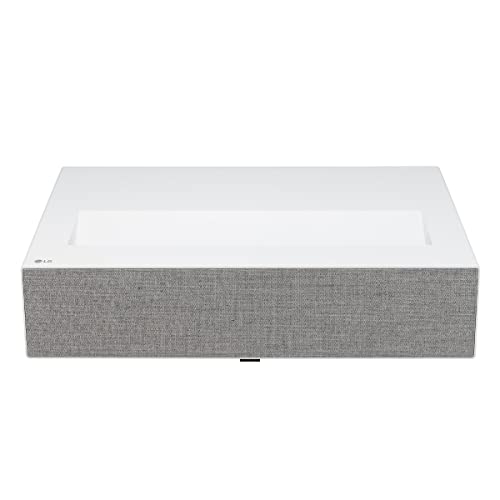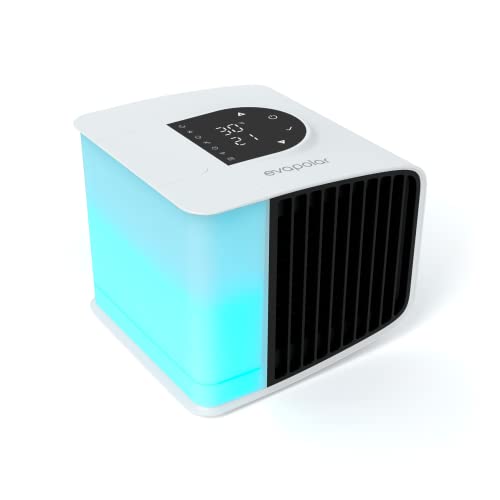Detroit’s wildest muscle cars never made it to your local dealership. GM’s secret garages produced machines that defied convention – from turbocharged station wagons to mid-engine prototypes that could have rivaled European supercars. Their engineers created cars with technology decades ahead of their time, using solutions that modern manufacturers are only now rediscovering.
These forgotten experiments reveal an era when automotive imagination had no limits.
25. 1962 Pontiac Tempest Convertible (Exterior)
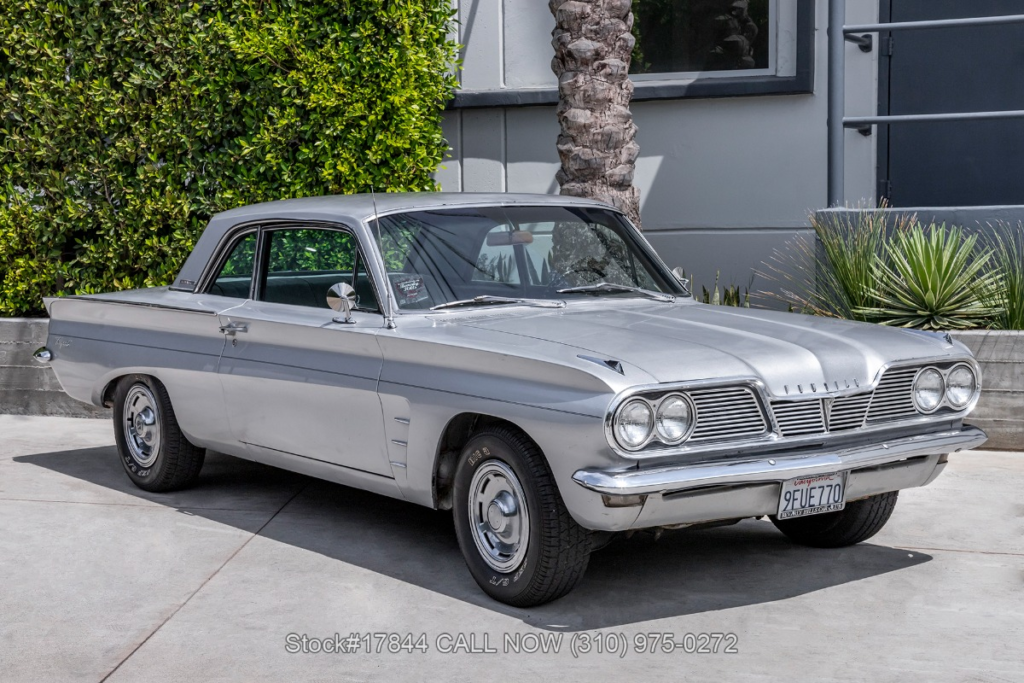
Drive technology took a revolutionary turn with the 1962 Tempest convertible – imagine trying to explain to your mechanic that your car has a rope connecting the engine to the transmission. A groundbreaking “rope drive” system created a rear-mounted transaxle configuration, achieving perfect 50/50 weight distribution.
1962 Pontiac Tempest Convertible (Interior)
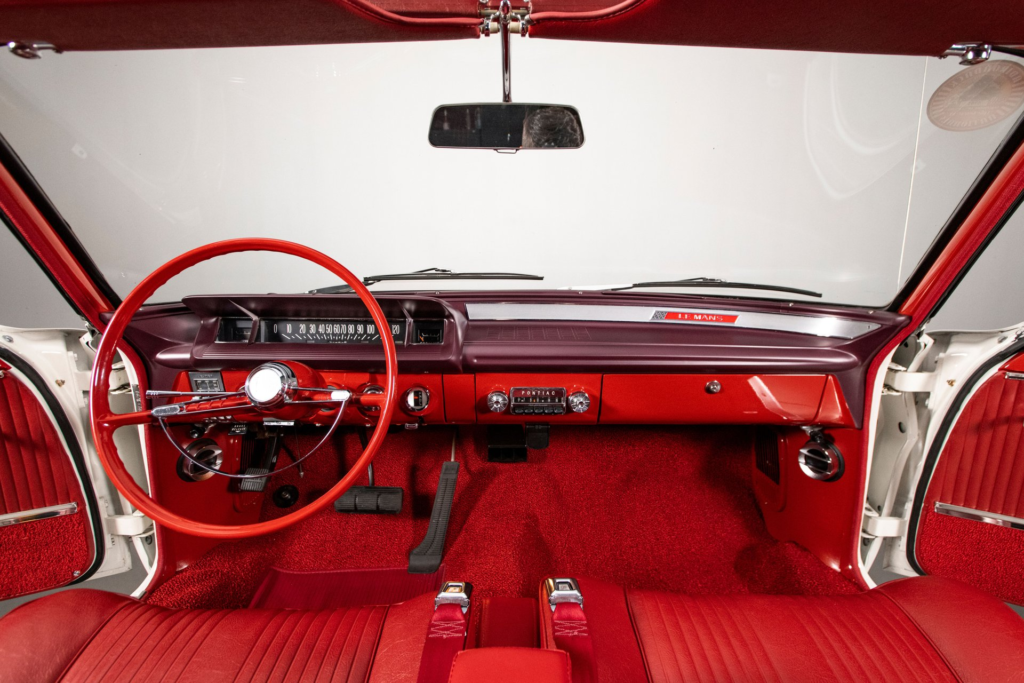
This innovative platform accommodated both a 4-cylinder engine and V8 option, while the independent rear suspension delivered exceptional control. While production complexities limited this innovative design to a single year, the Tempest’s unique engineering influenced drivetrain development for decades to follow.
24. 1969 Corvair Monza GT (Exterior)
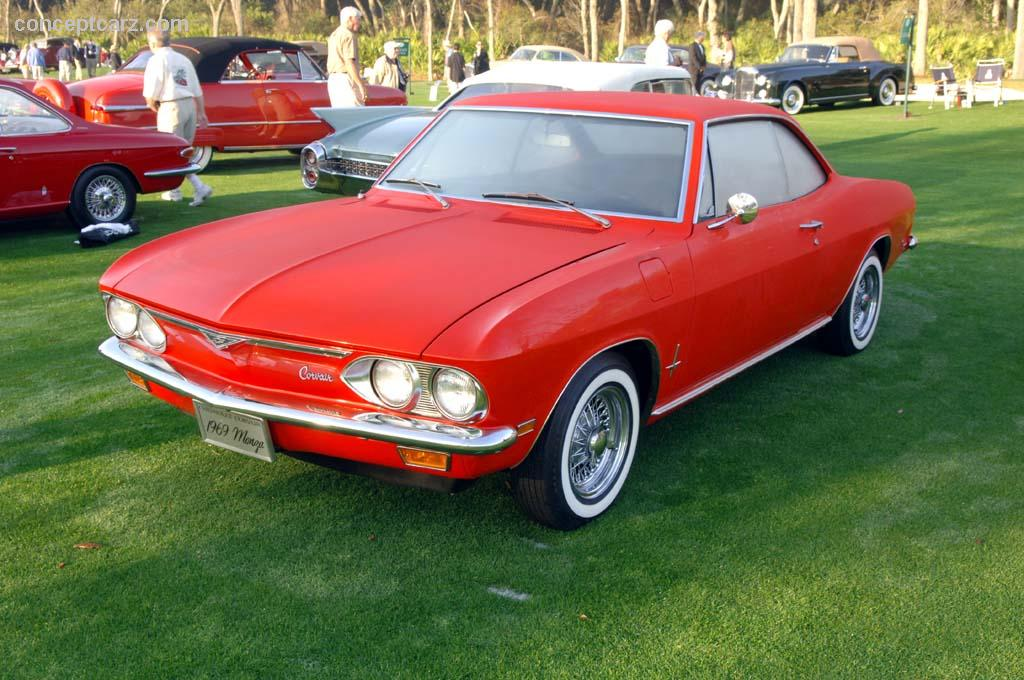
Chevrolet challenged European sports car dominance with the 1969 Corvair Monza GT concept. The mid-mounted turbocharged 1.8-liter flat-6 engine produced 180 horsepower, while the sleek fiberglass body achieved a remarkable 0.25 drag coefficient – better than many modern supercars.
1969 Corvair Monza GT (Interior)
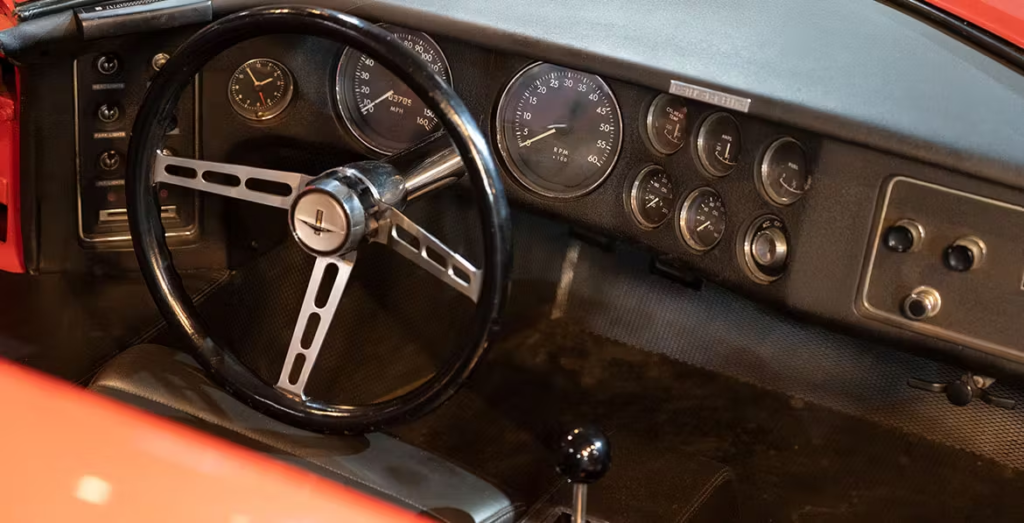
Four-wheel disc brakes and independent suspension showcased racing-inspired technology. The Monza GT’s advanced design proved American engineers could match European sophistication, foreshadowing mid-engine developments that would emerge decades later.
23. 1973 Oldsmobile Vista Cruiser (Exterior)
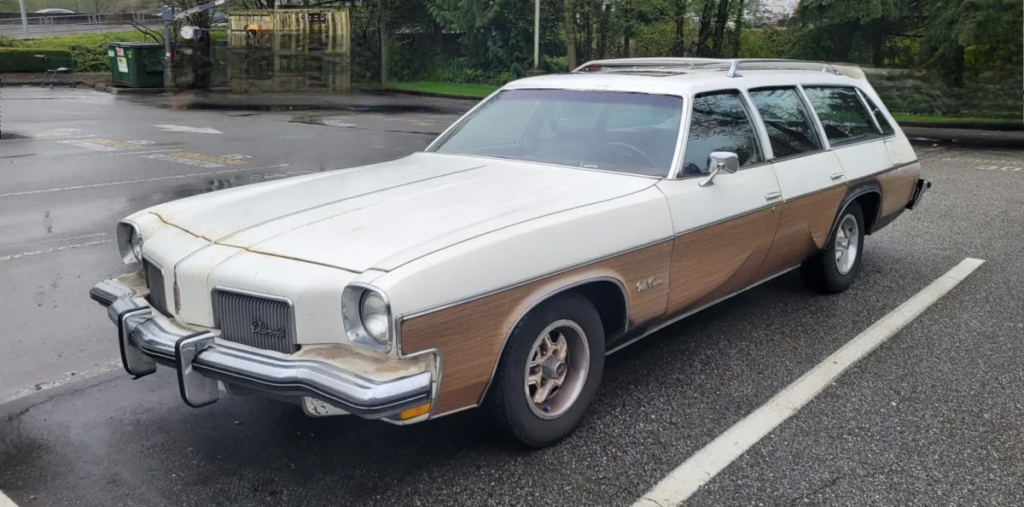
Ever wonder what happens when you hide a muscle car engine in a family wagon? The 1973 Vista Cruiser answered that question definitively. The 455 cubic inch Rocket V8 delivered 250 horsepower and 370 lb-ft of torque, breathing through a four-barrel carburetor and dual exhaust system.
1973 Oldsmobile Vista Cruiser (Interior)
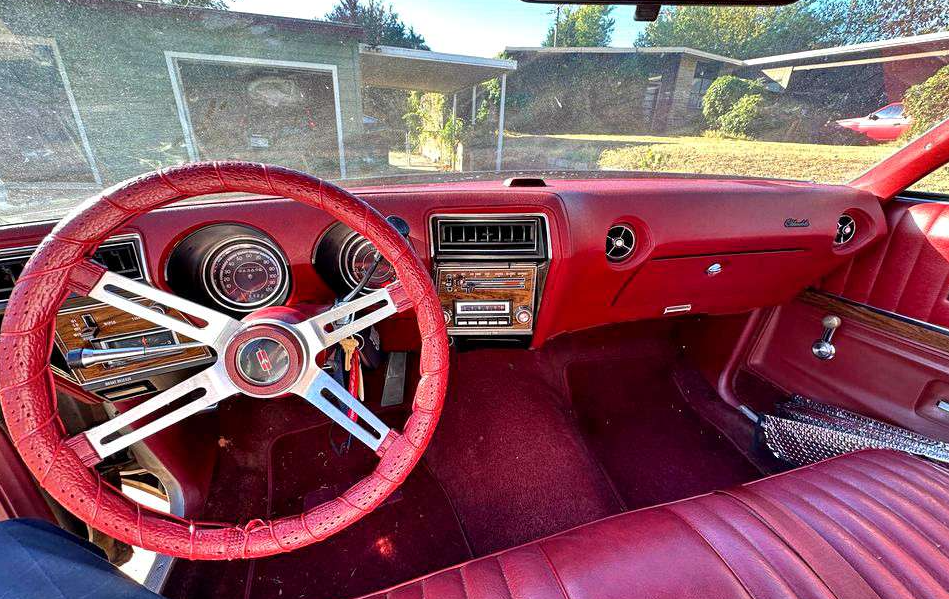
Track testing revealed quarter-mile times matching many dedicated performance cars of the era. This sleeper wagon created a new performance category, proving family transportation and serious acceleration could coexist in perfect harmony.
22. 1975 Cosworth Vega (Exterior)
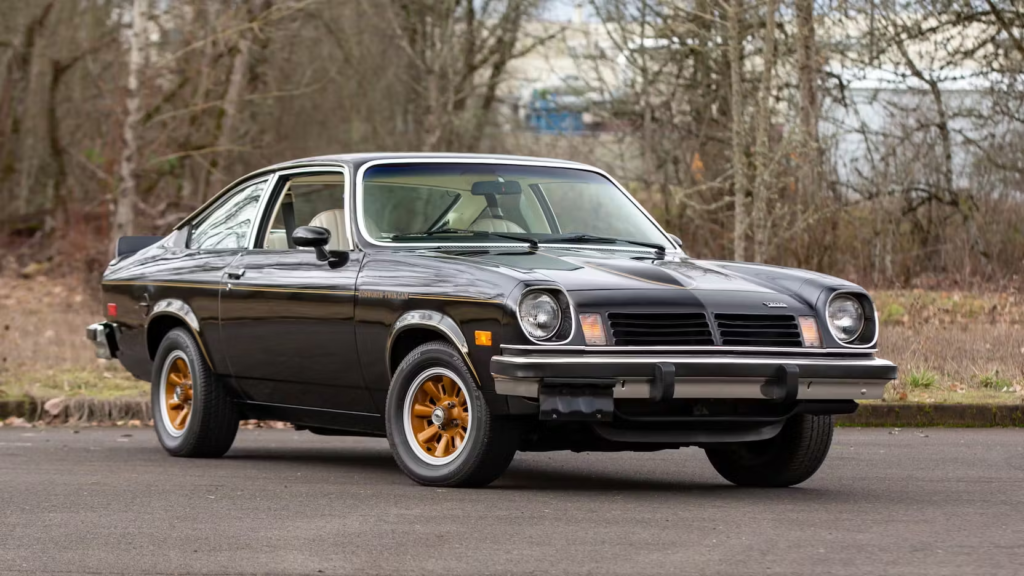
You might not expect a collaboration between GM and a British racing company to appear in your local Chevrolet dealership, but the 1975 Cosworth Vega did exactly that. The 2.0-liter DOHC engine featured 16 valves and electronic fuel injection, generating 110 horsepower – exotic technology for its time.
1975 Cosworth Vega (Interior)
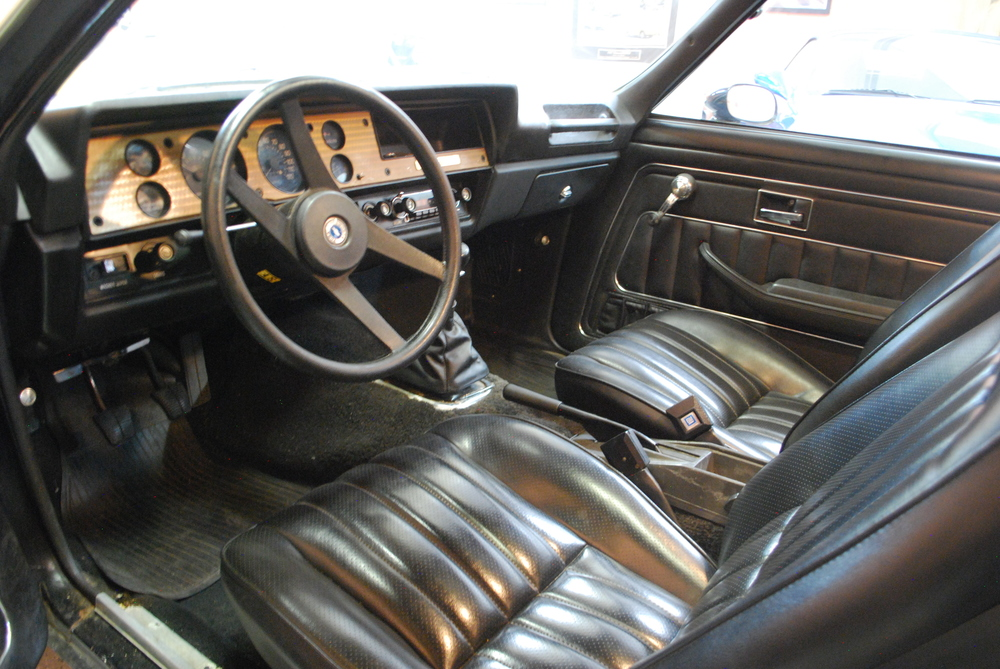
Advanced engineering and limited availability of 3,500 units pushed prices beyond Corvette territory. Track testing recorded 0-60 times of 8.0 seconds, establishing new benchmarks for four-cylinder performance. This rare collaboration created America’s first true sports sedan, proving that sophisticated engineering could transform an economy car into a collector’s dream.
21. 1977 Pontiac Astre Formula (Exterior)
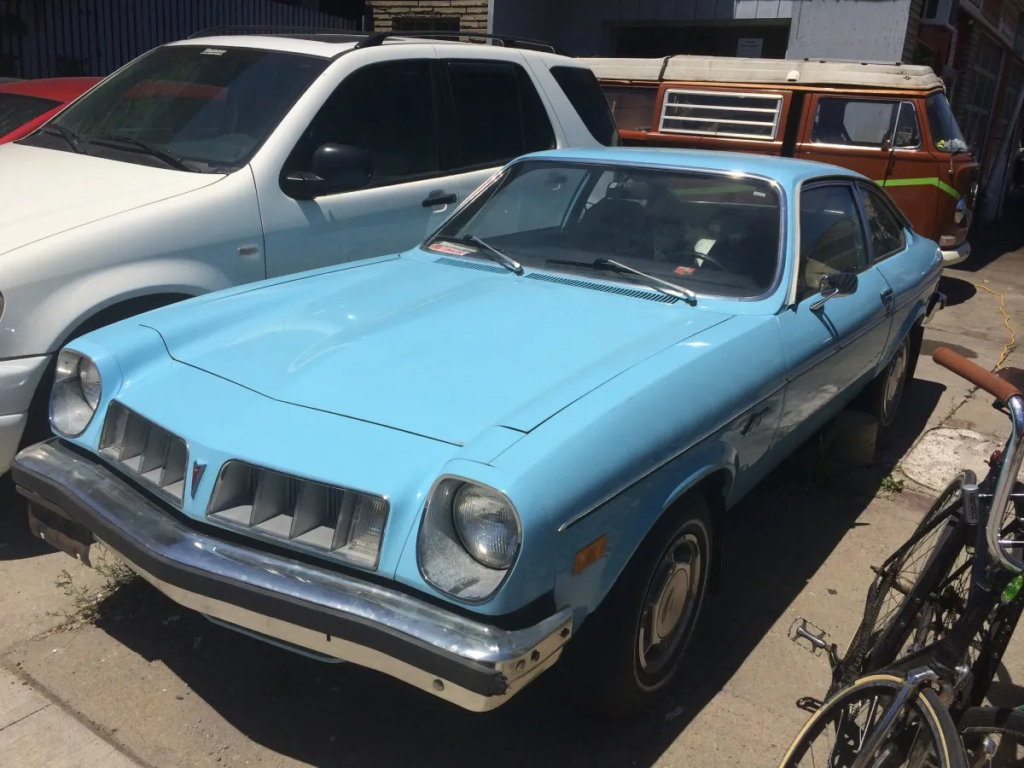
During the dark days of the fuel crisis, Pontiac refused to let performance die. The 2.5-liter engine generated 87 horsepower while maintaining efficiency – modest by today’s standards, but impressive for its era.
1977 Pontiac Astre Formula (Interior)
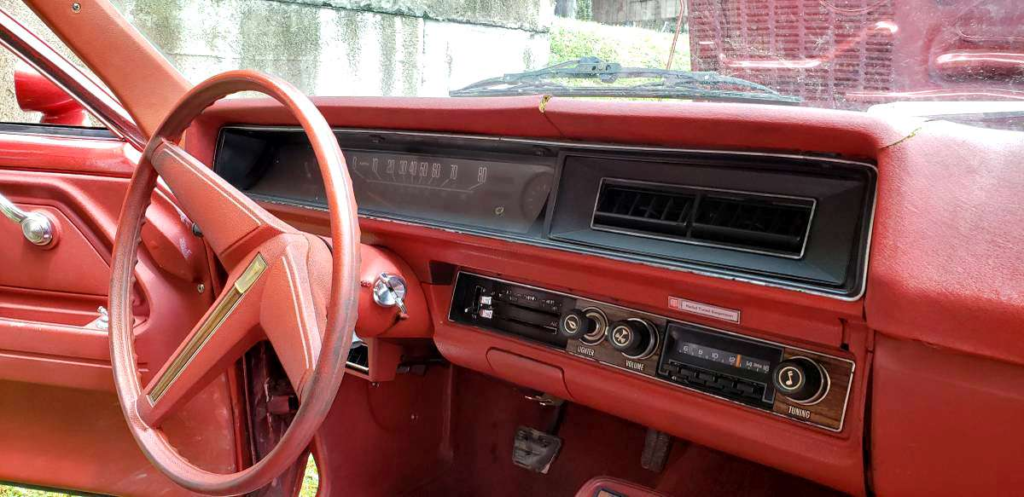
Tri-color striping, hood scoops, and performance-inspired wheels maintained visual excitement when most manufacturers abandoned style altogether. Road testing confirmed 0-60 times of 12.5 seconds, respectable for an economy-focused vehicle. The Astre Formula demonstrated how creative engineering could preserve driving excitement even in the most challenging times.
20. 1980 Chevrolet Malibu M80 (Exterior)
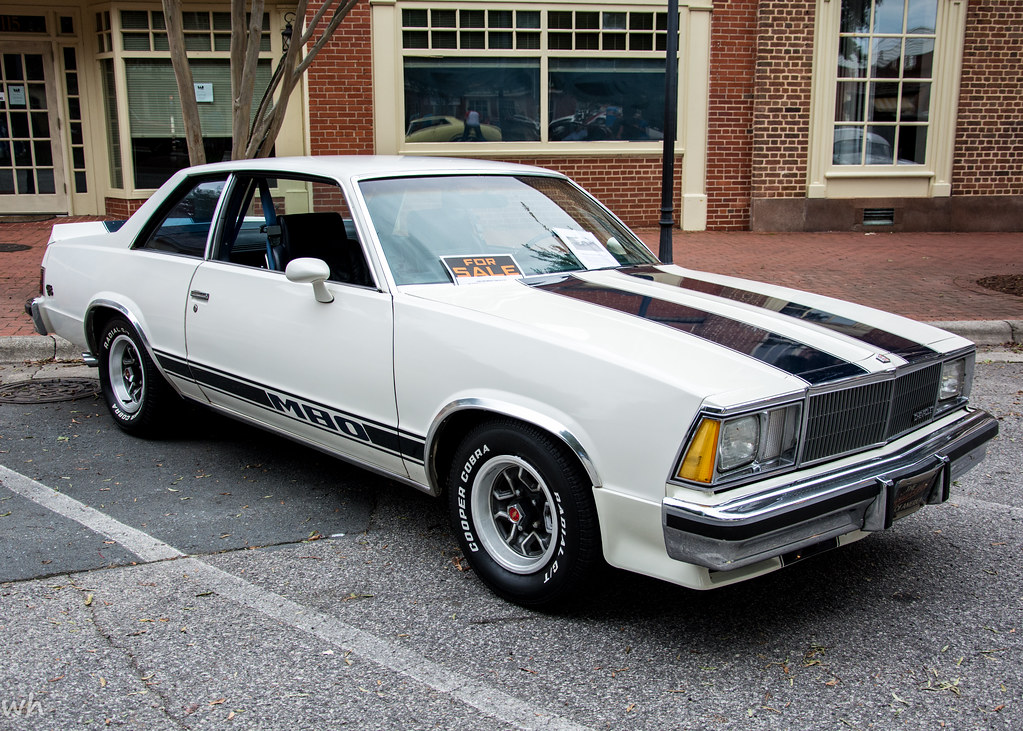
Ever wonder how dealers maintained excitement during the dark days of the malaise era? Southeastern Chevrolet dealers created their own solution with the Malibu M80. Black and silver paint schemes complemented functional air dams and turbine-style wheels, while the 3.8-liter V6 produced 110 horsepower – modest by today’s standards but respectable for 1980.
1980 Chevrolet Malibu M80 (Interior)
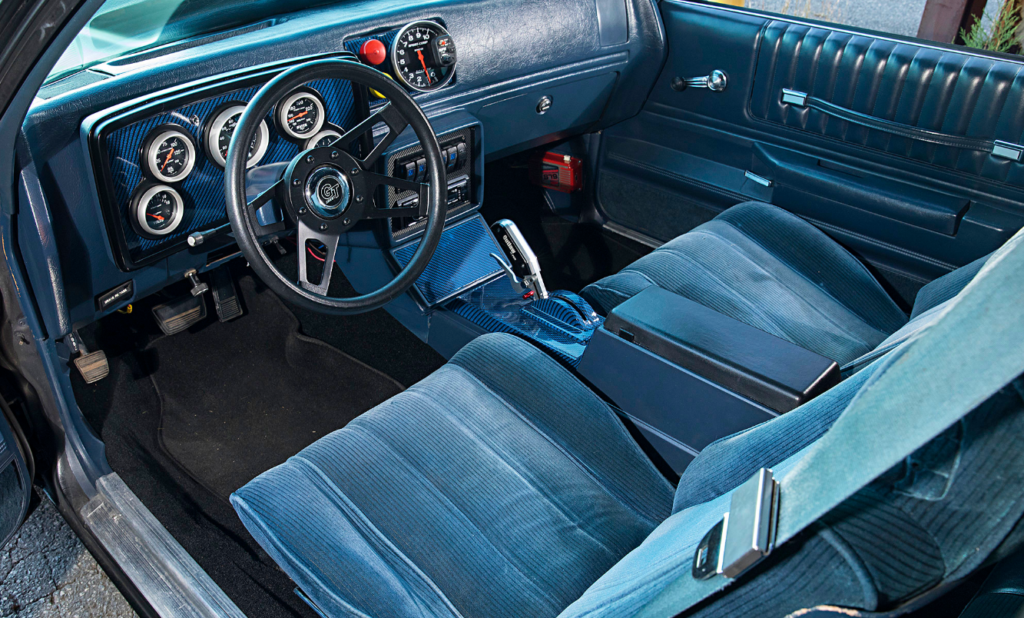
Documentation confirms only 1,901 units reached dealerships across the Southeast, each one a testament to dealer creativity. When manufacturers couldn’t deliver excitement from the factory, these regional special editions kept performance culture alive through grassroots innovation.
19. 1978 Oldsmobile Cutlass Supreme Aeroback (Exterior)
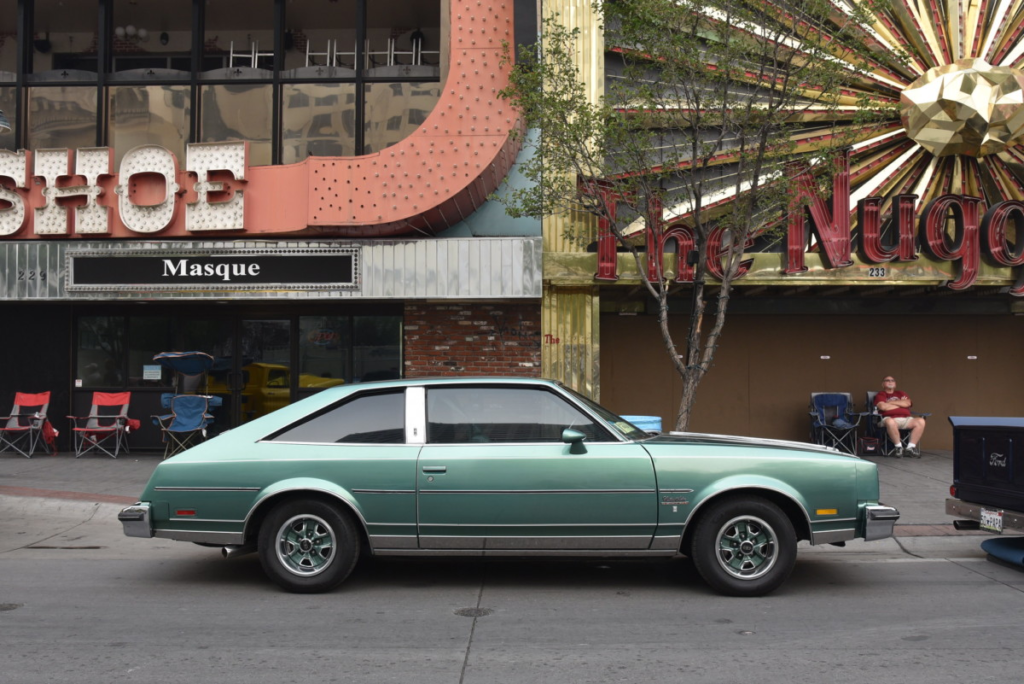
Sometimes bold design choices create unexpected classics. The Aeroback’s distinctive fastback profile achieved a 0.32 drag coefficient, revolutionizing American sedan design. Powertrain options included V8 engines ranging from 260 to 305 cubic inches, while the redesigned rear compartment provided 21.4 cubic feet of cargo space – try finding that in a modern sedan.
1978 Oldsmobile Cutlass Supreme Aeroback (Interior)
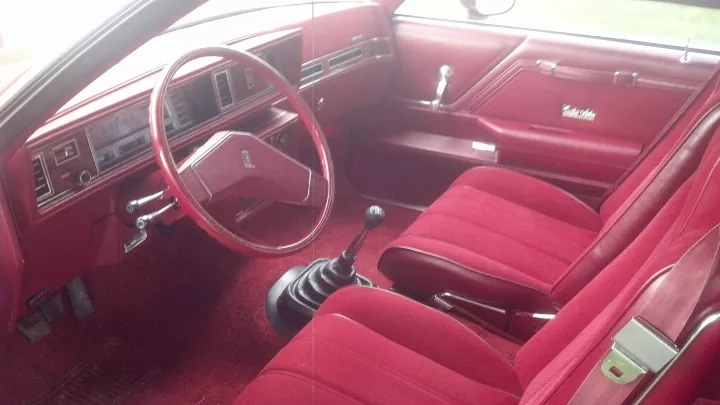
Think of it as the 1970s version of today’s four-door coupes, proving that sometimes being ahead of your time means being misunderstood by your generation.
18. 1984 Pontiac Fiero Indy Pace Car (Exterior)
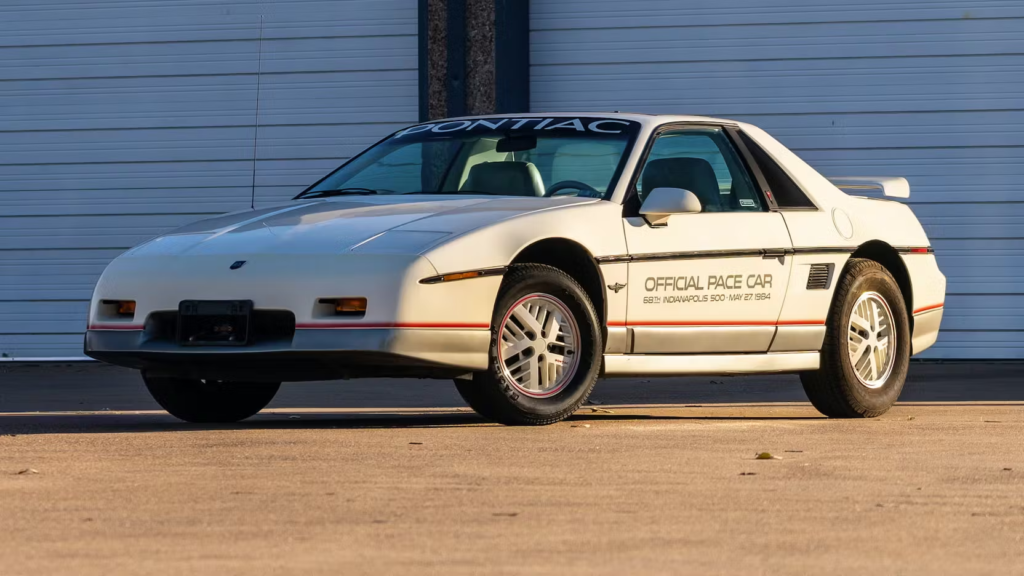
History took an unexpected turn when this tiny mid-engine Pontiac led the Indianapolis 500 field. The actual pace car packed a modified V6 producing 232 horsepower, though showroom versions made do with the 2.5-liter 4-cylinder’s 92 horsepower – talk about a bait and switch.
1984 Pontiac Fiero Indy Pace Car (Interior)
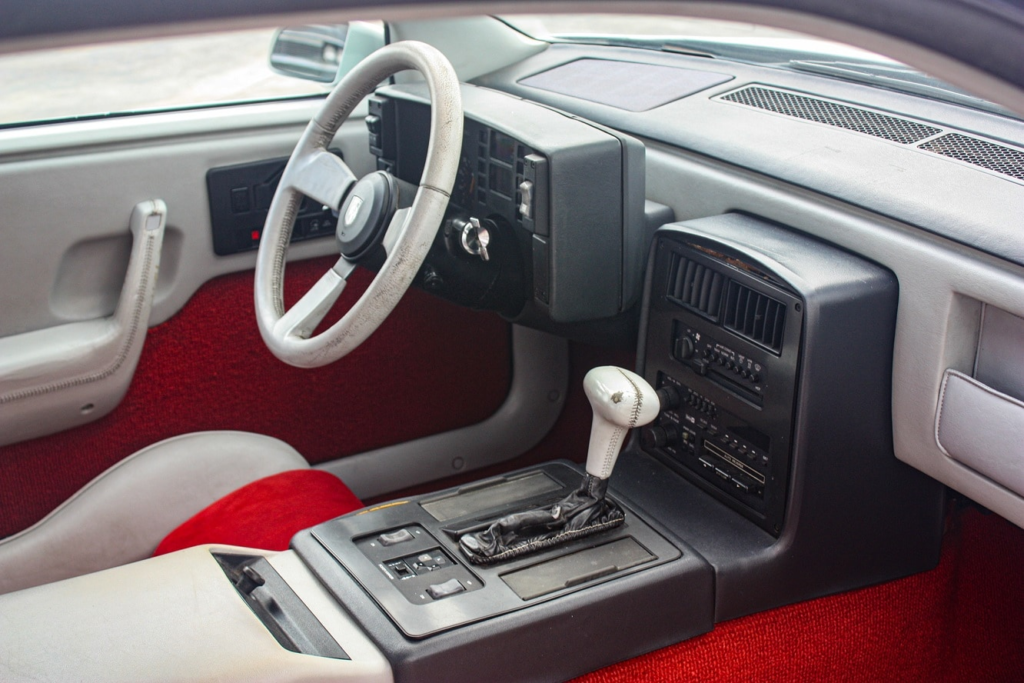
Records confirm 2,000 commemorative units left the factory, each wearing authentic race graphics. While buyers might have wished for pace car power, this special edition marked the first time a mid-engine American car paced the greatest spectacle in racing.
17. 1987 Buick GNX (Exterior)
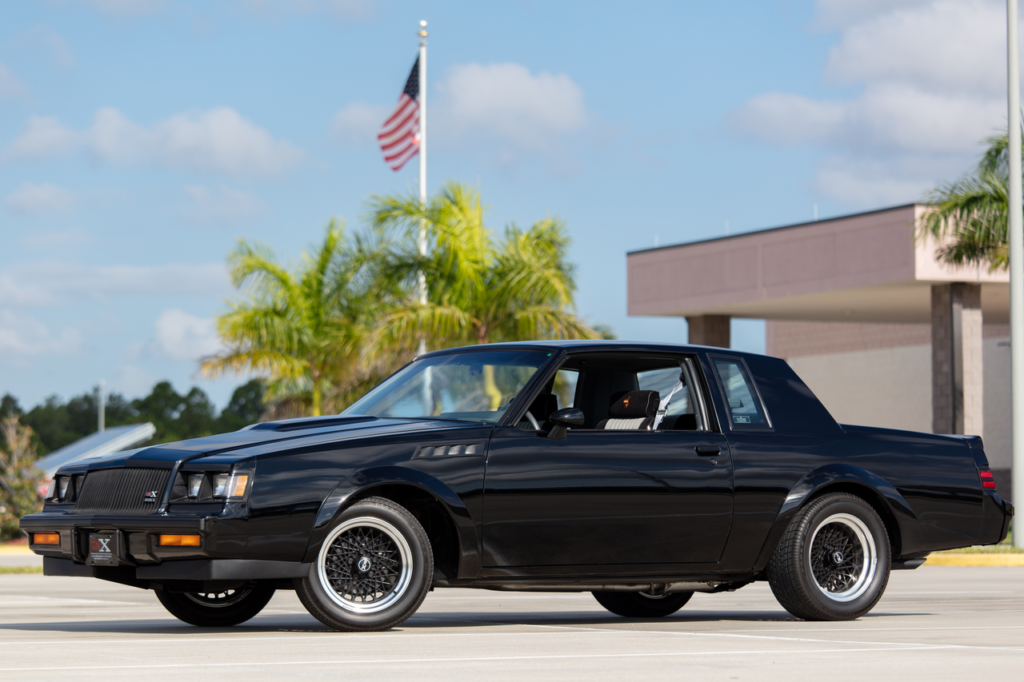
Think of this GNX as Darth Vader’s personal car – if Vader preferred turbos to lightsabers. The 3.8-liter V6 officially generated 276 horsepower and 360 lb-ft of torque, though dyno testing suggested considerably more muscle lurked under that black hood.
1987 Buick GNX (Interior)
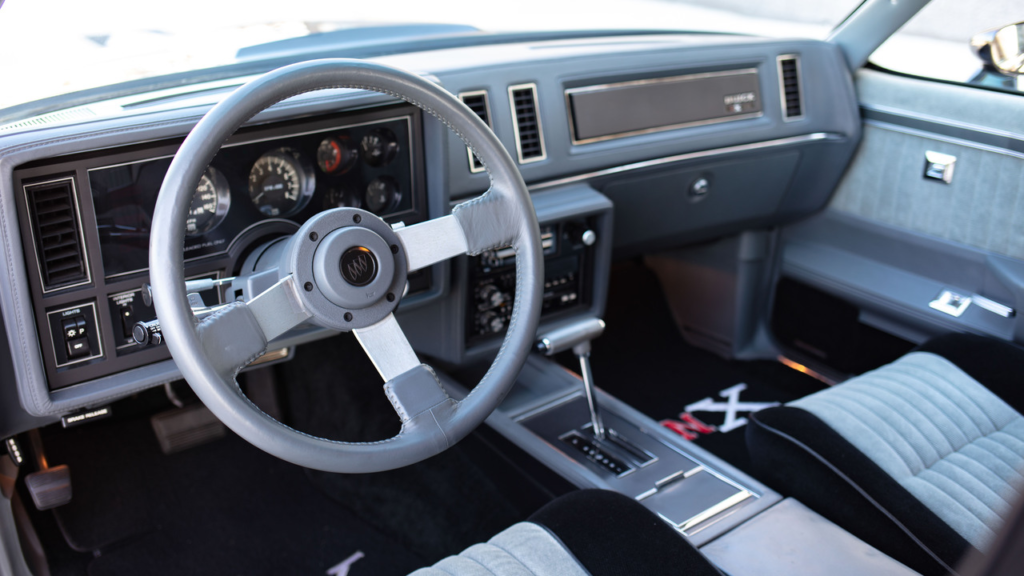
Instrumented testing recorded 4.6-second 0-60 mph times, embarrassing Ferraris at stoplight showdowns. Limited to 547 units, the GNX transformed Buick’s conservative image overnight, creating a performance legend that still commands respect among modern super sedans.
16. 1989 Chevrolet Cavalier Z24 Convertible (Exterior)
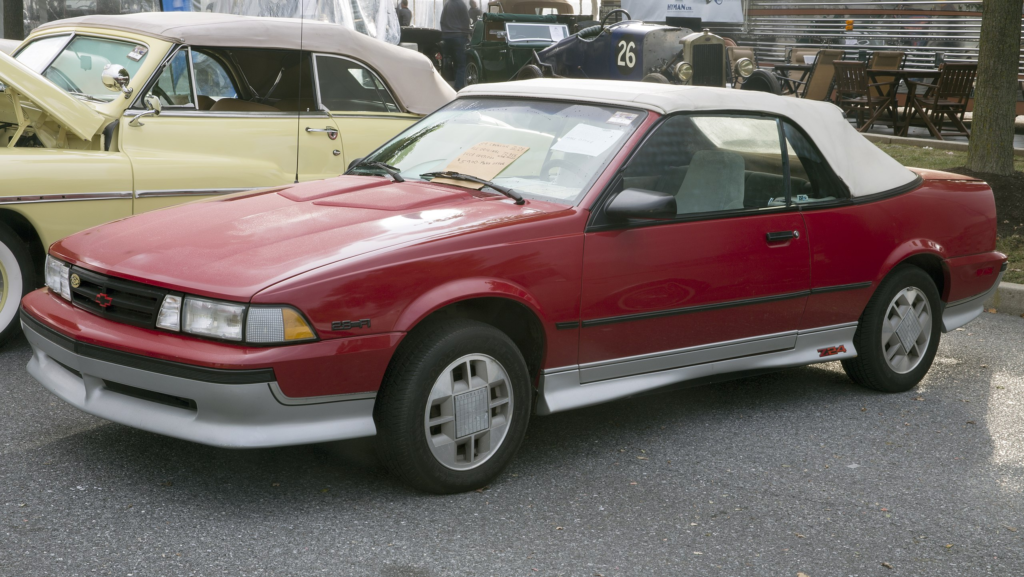
When Chevrolet decided to inject some excitement into their economy car line, the Z24 Convertible answered the call. The 2.8-liter V6 delivered 130 horsepower, backed by sport-tuned suspension and four-wheel disc brakes – serious hardware for an affordable convertible.
1989 Chevrolet Cavalier Z24 Convertible (Interior)
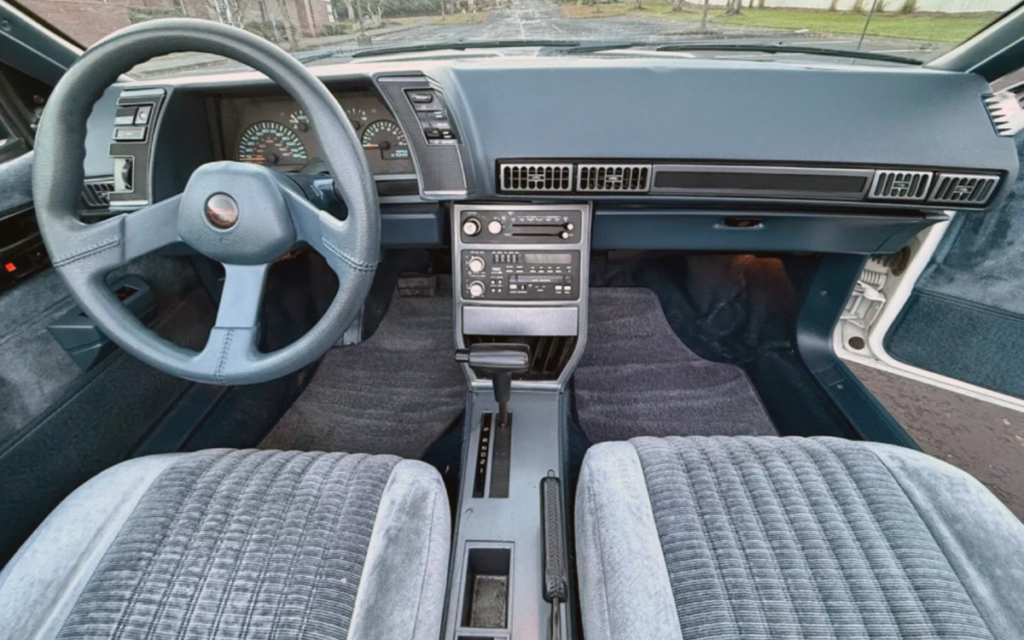
Testing verified 0-60 mph times of 9.0 seconds and a top speed of 115 mph. You might find faster convertibles today, but the Z24 proved that open-air performance didn’t require a trust fund.
15. 1977 Chevrolet Monza Mirage (Exterior)
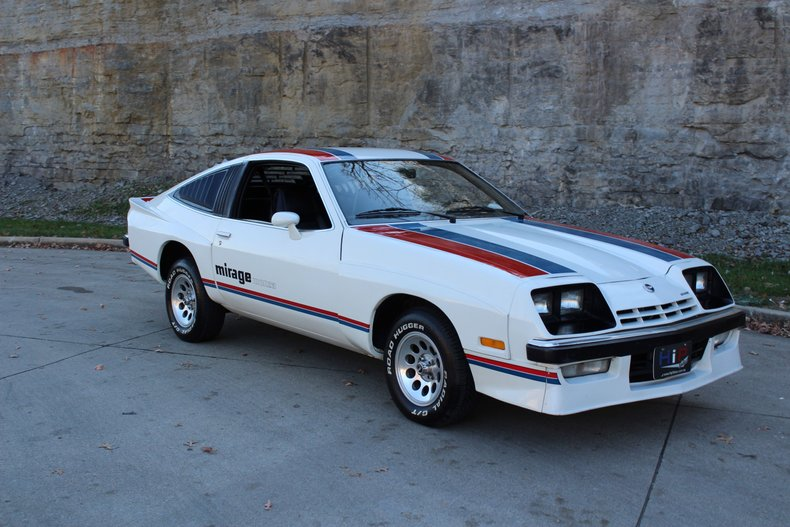
Imagine stuffing a V8 into a car barely bigger than today’s Civic – that’s exactly what Michigan Auto Techniques accomplished with the Monza Mirage. A 5.0-liter V8 producing 145 horsepower found its way into the 2,800-pound chassis, creating an unlikely hot rod.
1977 Chevrolet Monza Mirage (Interior)
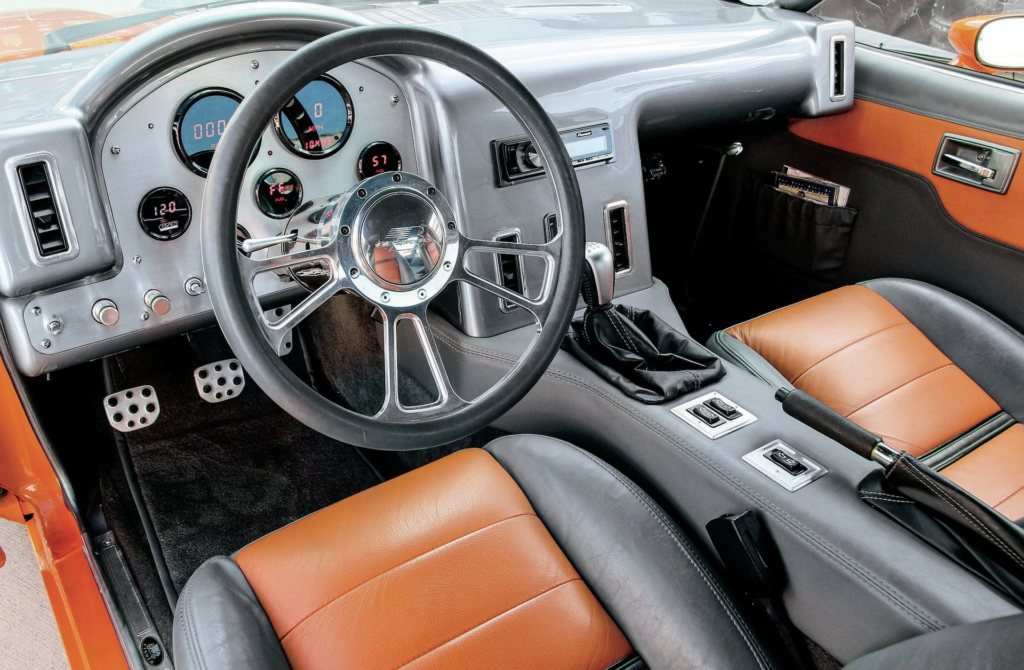
Authorized Chevrolet dealers distributed 4,097 units nationwide, each one a testament to creative engineering. When most manufacturers were downsizing engines, the Mirage proved that sometimes the best solution is simply adding more cylinders.
14. 1977 Pontiac Can Am (Exterior)
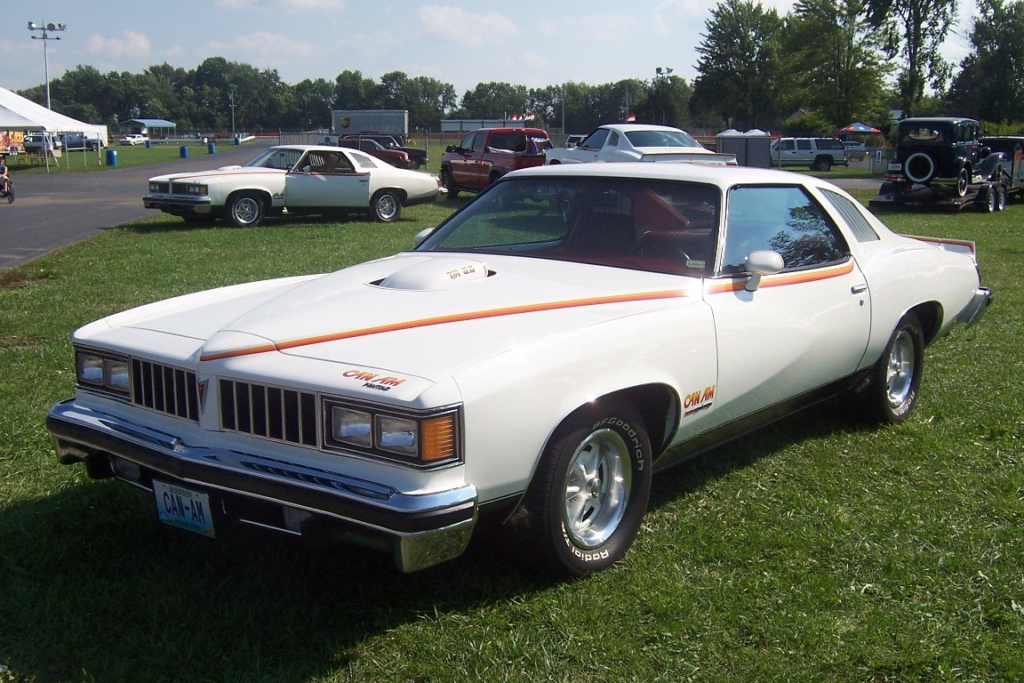
Our neighbors to the north got serious about performance with the Can Am package. The 400 cubic inch V8 produced 170 horsepower, blasting to 60 mph in 7.5 seconds and through the quarter-mile in 15.8 seconds – impressive numbers for the malaise era.
1977 Pontiac Can Am (Interior)
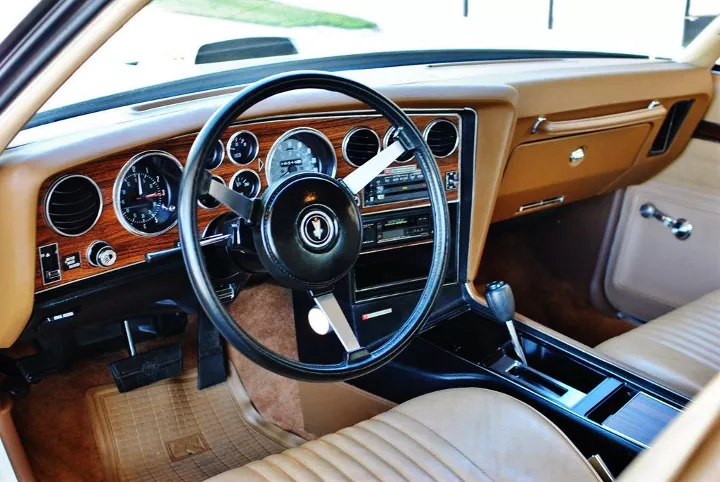
Each of the 1,377 units featured distinctive tri-color graphics and T-top roof panels that would make any disco fan proud. While America faced emissions restrictions, this Canadian-market special kept the muscle car flame burning bright.
13. 1978 Chevrolet Malibu Z28 (Exterior)
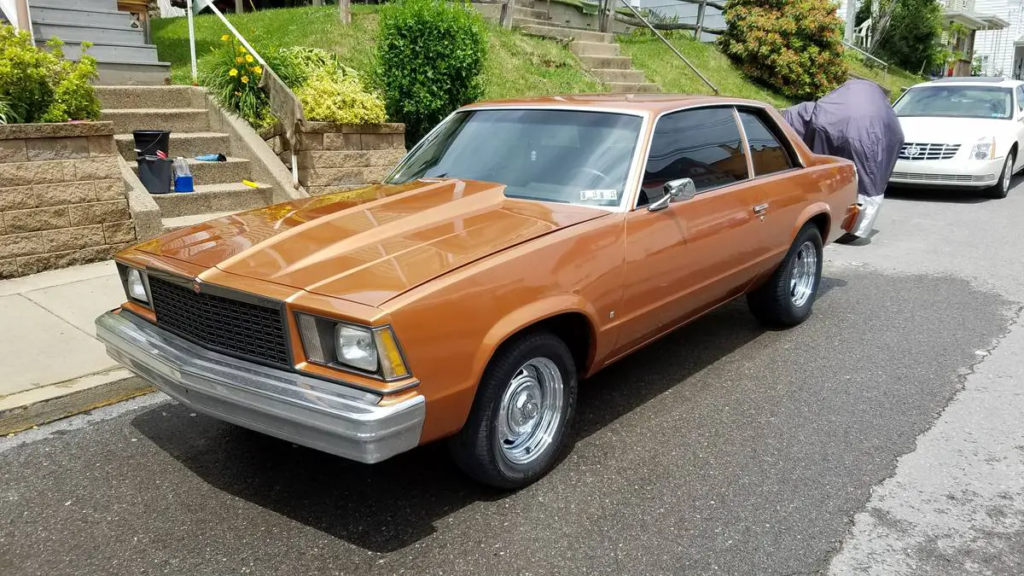
Just when you thought the muscle car era was over, Chevrolet created something special. The 350 cubic inch V8 delivered 170 horsepower and 270 lb-ft of torque, offered with your choice of manual or automatic transmissions.
1978 Chevrolet Malibu Z28 (Interior)
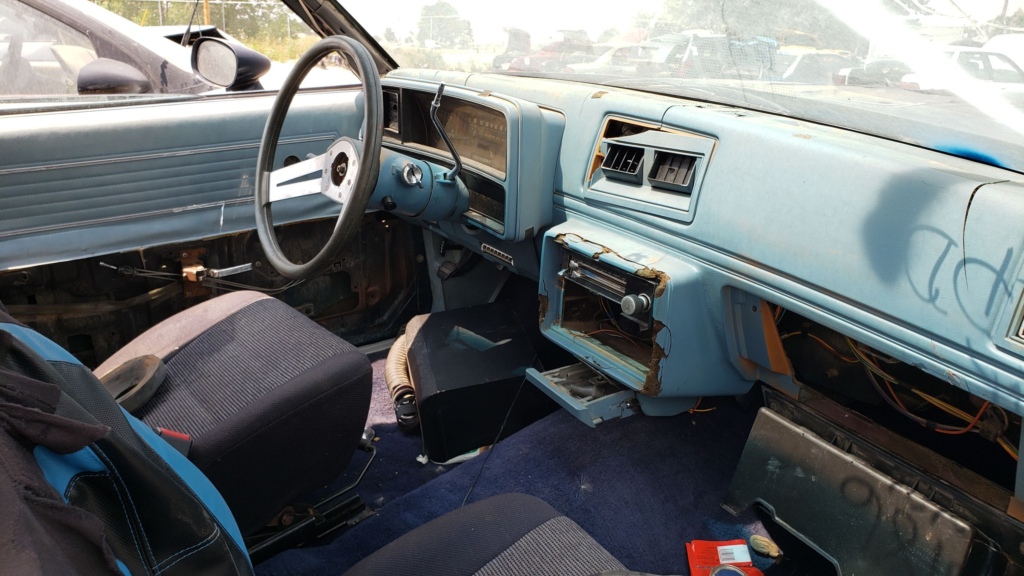
Track testing documented quarter-mile times of 15.5 seconds at 90 mph, while upgraded sway bars and progressive-rate springs kept everything composed in the corners. The Malibu Z28 demonstrated that downsizing didn’t mean downgrading – it just meant getting creative with the formula.
12. 1979 Buick Regal Turbo T (Exterior)
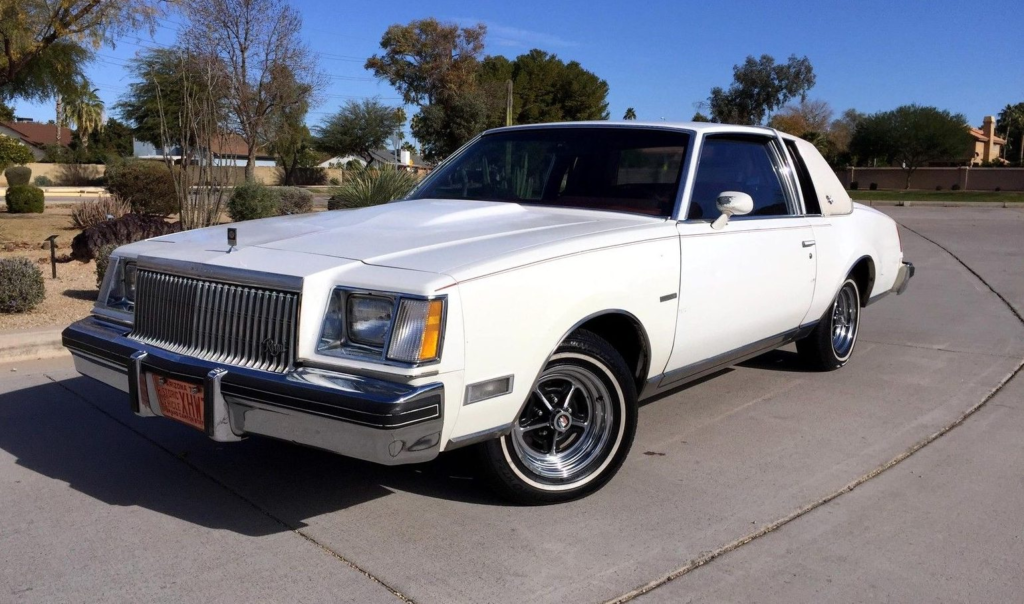
Before turbocharging became the go-to solution for efficiency and power, Buick blazed the trail with the Regal Turbo T. The 3.8-liter V6 generated 170 horsepower and 280 lb-ft of torque – numbers that would make today’s turbo-four engineers smile.
1979 Buick Regal Turbo T (Interior)
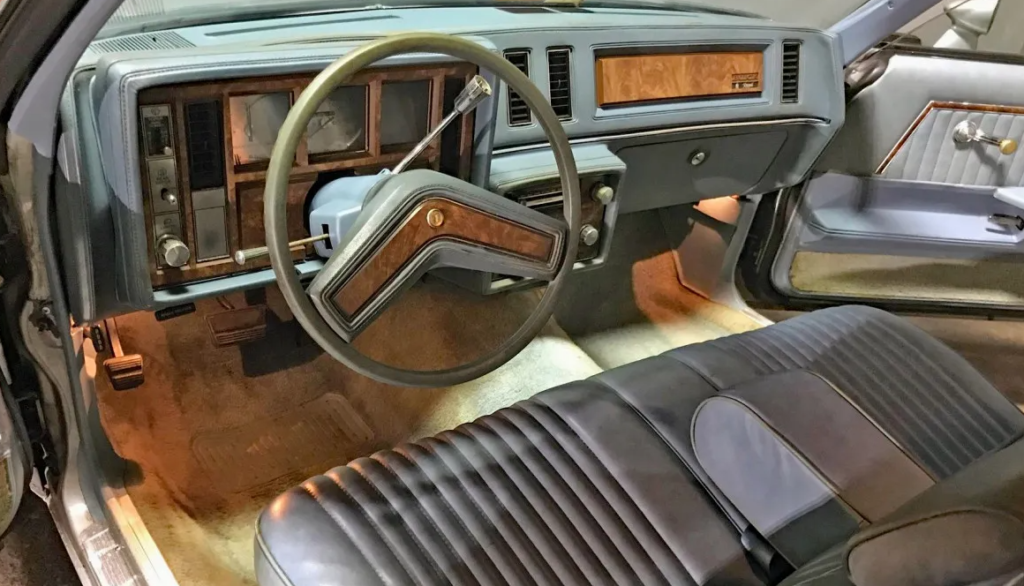
Testing revealed 0-60 mph times of 8.2 seconds, remarkable for a luxury coupe of the era. First-year production reached 12,165 units, and while those numbers might seem modest today, this pioneering model proved that forced induction could transform American performance.
11. 1980 Chevrolet Citation X-11 (Exterior)
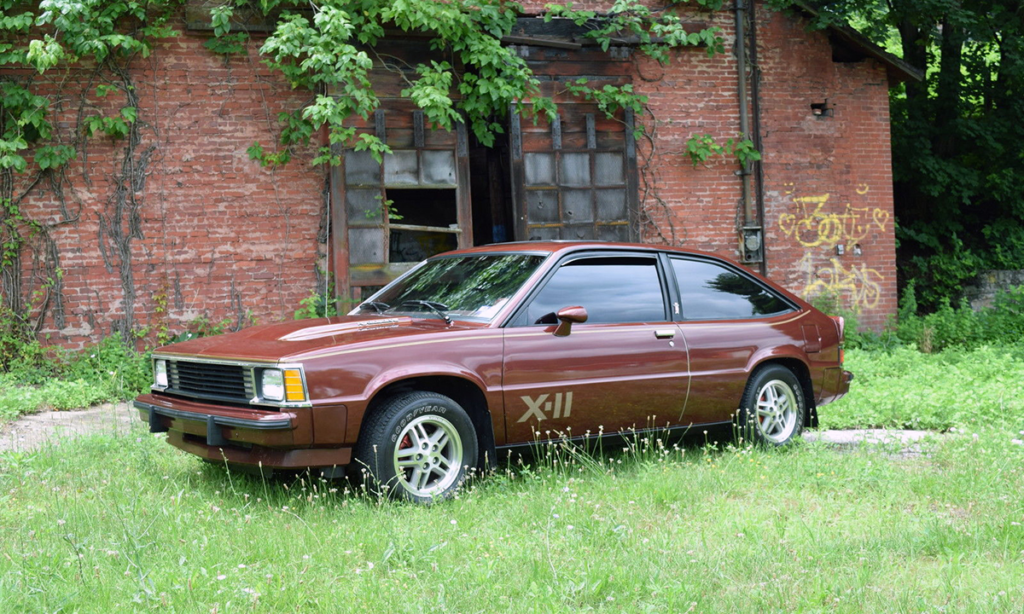
Think of it as America’s first attempt at a hot hatchback. The 2.8-liter V6 produced 135 horsepower, while advanced suspension tuning and a limited-slip differential helped put that power to the ground. Testing demonstrated 0.82g lateral acceleration – numbers that would impress even modern sport compact enthusiasts.
1980 Chevrolet Citation X-11 (Interior)
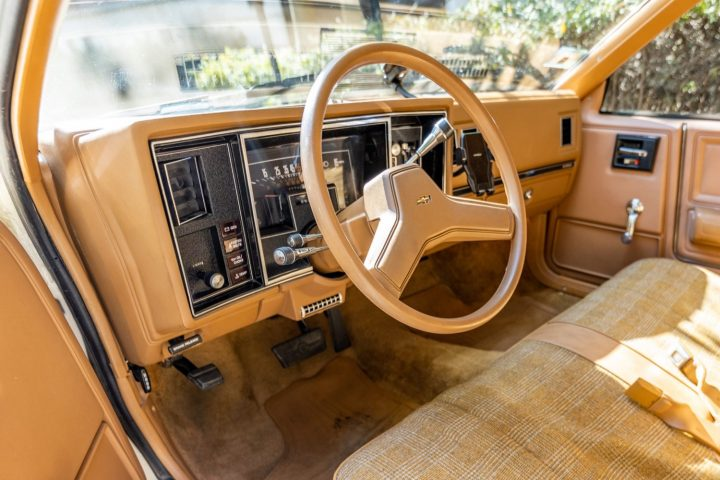
By combining front-wheel-drive efficiency with genuine performance capabilities, the X-11 created a blueprint for practical performance that manufacturers still follow today.
10. 1980 Oldsmobile Cutlass Calais W30 (Exterior)
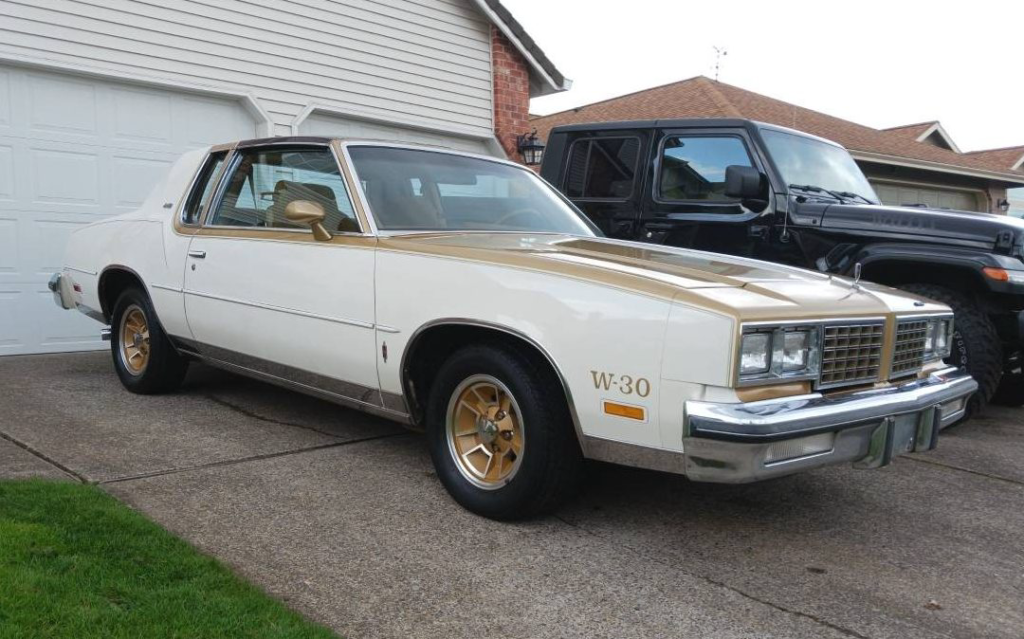
When Oldsmobile wanted to prove luxury and performance could coexist, the Cutlass Calais W30 made the case convincingly. The 5.0-liter V8 produced 170 horsepower and 265 lb-ft of torque, flowing through a specially calibrated automatic transmission that could handle enthusiastic driving. Testing confirmed 0-60 mph times of 7.5 seconds and quarter-mile runs of 15.7 seconds – numbers that challenged European sport sedans of the era.
1980 Oldsmobile Cutlass Calais W30 (Interior)

The W30’s progressive-rate springs and limited-slip differential transformed this personal luxury coupe into something special. While BMW and Mercedes dominated headlines, this American sport coupe quietly matched their performance while maintaining distinctive domestic style.
9. 1981 Pontiac J2000 Sunbird SE (Exterior)
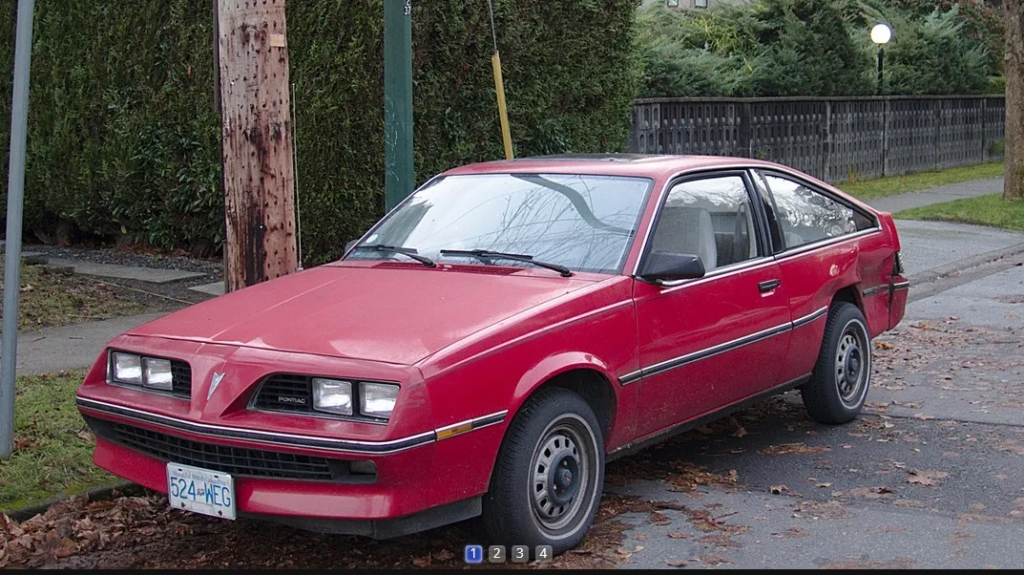
When most manufacturers were still figuring out how to make small cars fun, Pontiac went all-in on turbocharging. The 1.8-liter turbocharged engine produced 85 horsepower and 170 lb-ft of torque – the torque figure telling the real story of this pioneering powerplant. Advanced boost control and strengthened internals handled the increased pressure, while delivering impressive 24/34 mpg fuel economy ratings.
1981 Pontiac J2000 Sunbird SE (Interior)
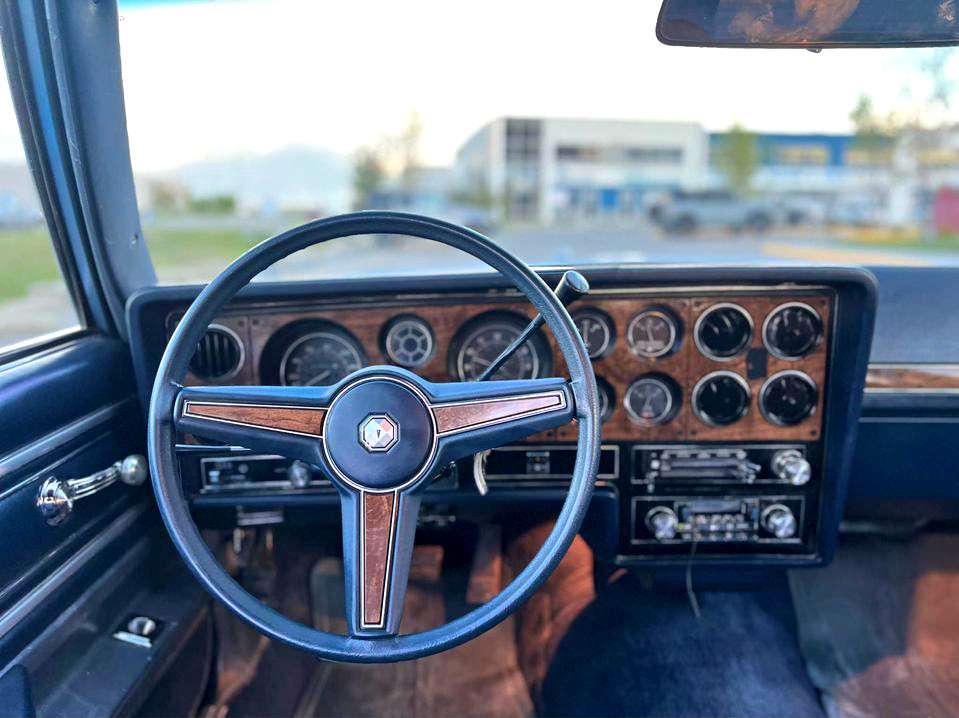
Testing recorded 0-60 mph times of 8.0 seconds – quick enough to surprise V8 owners at stoplights. The Sunbird SE demonstrated that efficiency and excitement weren’t mutually exclusive, pioneering technology that would become standard practice decades later.
8. 1982 Chevrolet Camaro Z28 (Exterior)
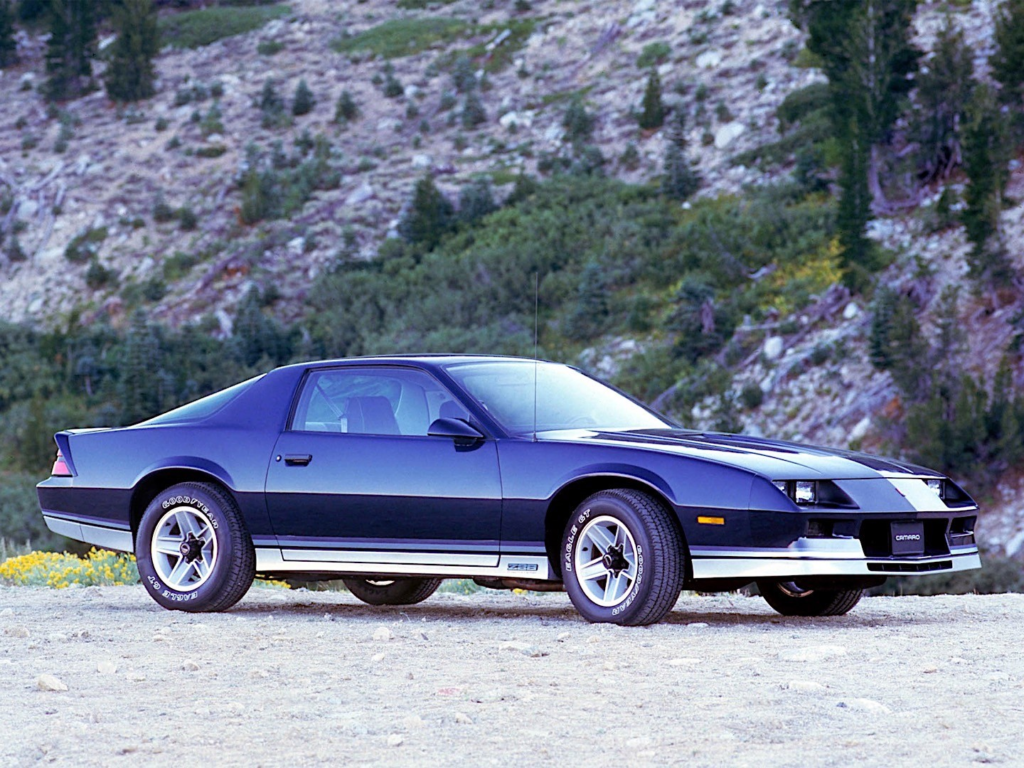
The third-generation Camaro Z28 marked the moment when aerodynamics met muscle. The 5.0-liter V8 produced 165 horsepower and 240 lb-ft of torque, delivered through an optional 4-speed manual transmission that became the enthusiast’s choice. Engineers achieved a remarkable 0.34 drag coefficient – slippery enough to reach quarter-mile speeds of 85 mph while maintaining fuel efficiency that wouldn’t terrify your wallet.
1982 Chevrolet Camaro Z28 (Interior)
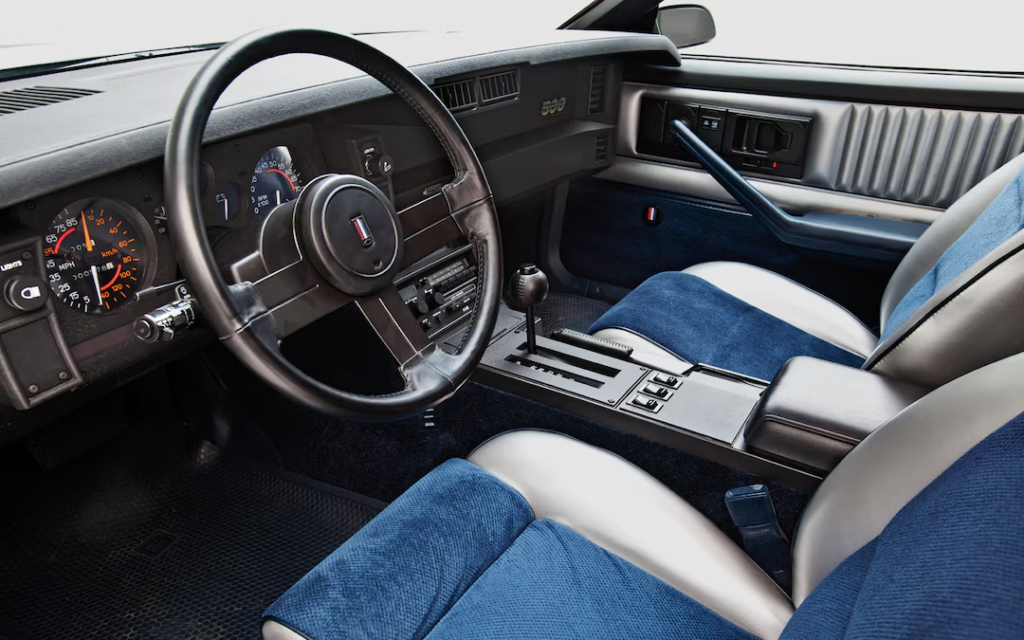
Think of it as the moment when the muscle car grew up and learned physics, proving that wind tunnels could be just as important as horsepower. The ’82 Z28 set performance standards that made European manufacturers take notice, creating the blueprint for modern American performance cars.
7. 1983 Buick Regal Grand National (Exterior)
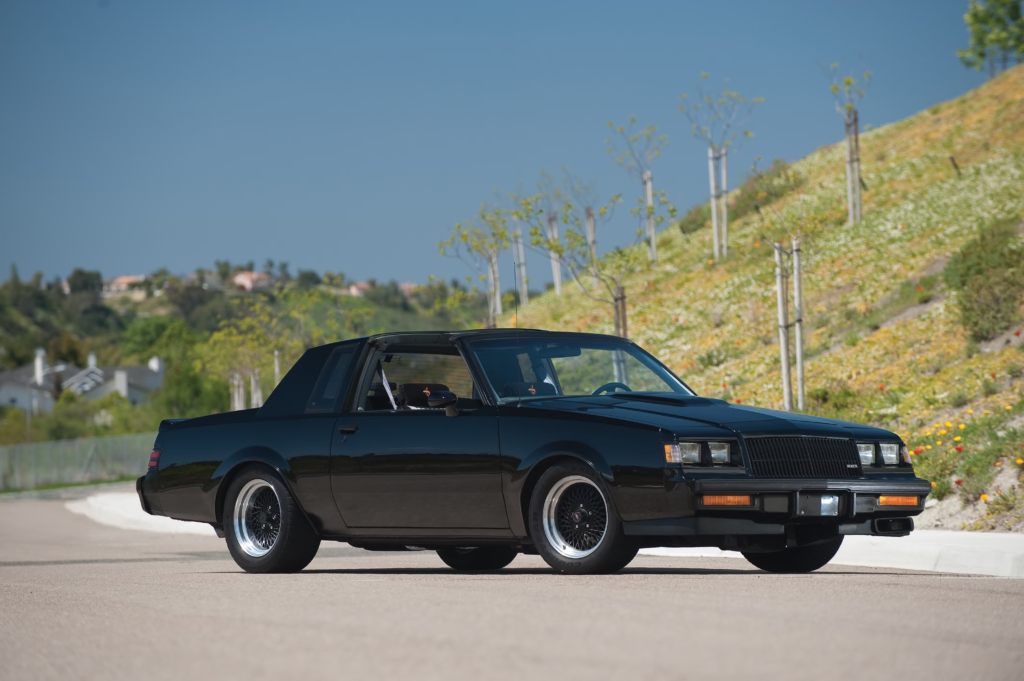
Meet the car that changed the performance world wearing a business suit. The turbocharged 3.8-liter V6 generated 175 horsepower and 275 lb-ft of torque, marking the first step in what would become America’s horsepower revolution. Sequential fuel injection and computer-controlled boost – technology that seemed more at home in aerospace than automotive applications – transformed this luxury coupe into a street fighter.
1983 Buick Regal Grand National (Interior)
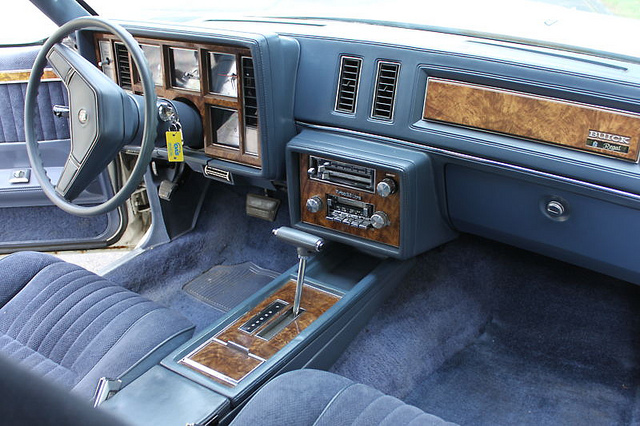
Track testing recorded quarter-mile times of 15.2 seconds at 92 mph, while initial production reached 3,278 units. The first-year Grand National didn’t just change Buick’s image – it redefined the future of performance by proving that six cylinders and a turbocharger could outmuscle traditional V8s.
6. 1984 Pontiac Firebird Trans Am (Exterior)
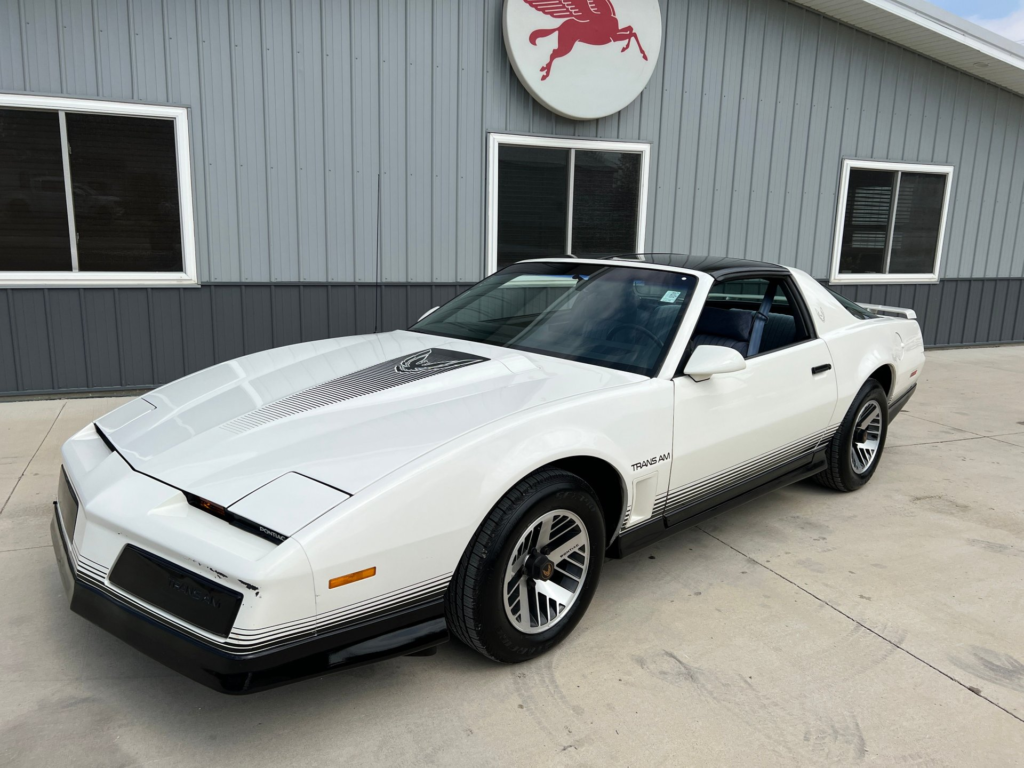
Just when the performance car seemed destined for extinction, the ’84 Trans Am roared back to life. A 5.0-liter V8 delivered 190 horsepower and 240 lb-ft of torque, while buyers could choose between 5-speed manual or 4-speed automatic transmissions.
1984 Pontiac Firebird Trans Am (Interior)
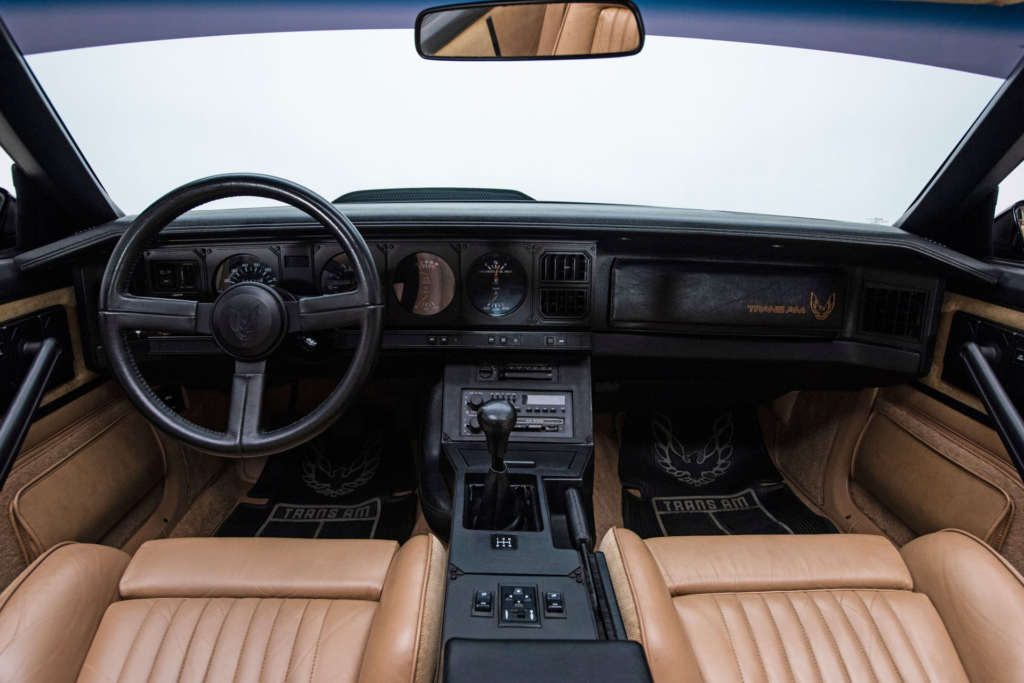
The sleek body achieved a 0.31 drag coefficient – slippery enough to shame many modern sports cars. This third-generation F-body proved that the American performance car wouldn’t go quietly into the night.
5. 1985 Chevrolet Monte Carlo SS Aerocoupe (Exterior)
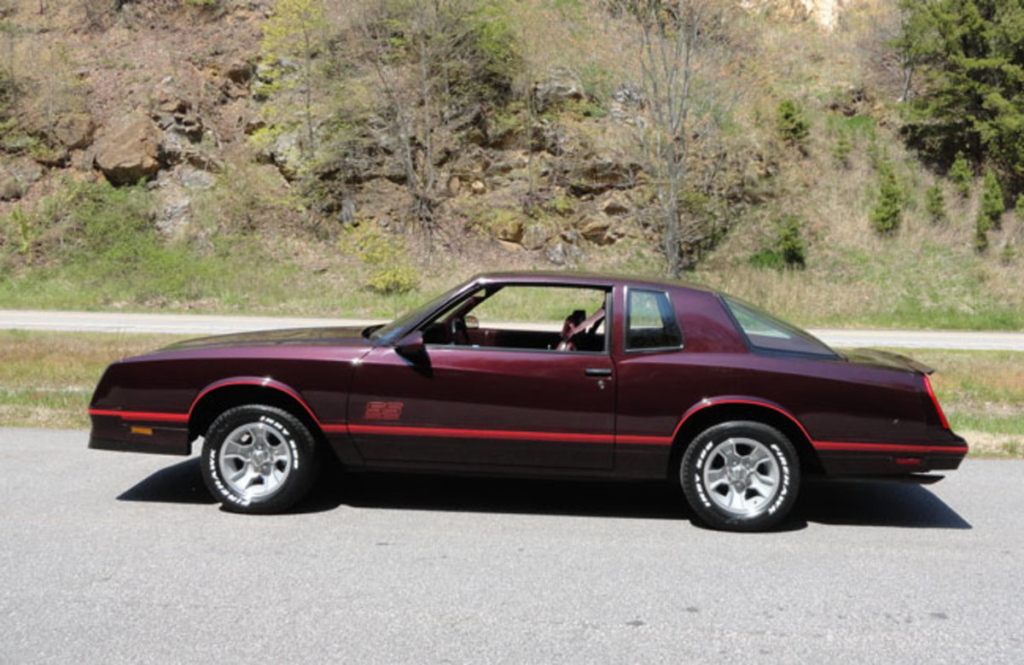
NASCAR rules transformed a luxury coupe into one of the rarest muscle cars of the 1980s. When aerodynamics meant winning on Sunday and selling on Monday, Chevrolet created the SS Aerocoupe – limiting production to just 200 units to homologate its distinctive sloped rear window for racing. The 5.0-liter V8 produced 180 horsepower and 240 lb-ft of torque, matching Camaro Z28 performance in a more sophisticated package.
1985 Chevrolet Monte Carlo SS Aerocoupe (Interior)
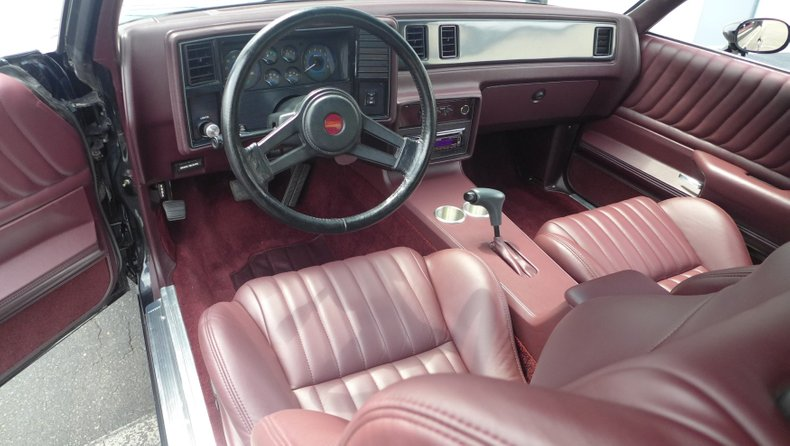
Contemporary testing recorded 0-60 times of 7.8 seconds, while the unique rear glass improved high-speed stability by 15 percent over the standard Monte Carlo SS. You might recognize this silhouette from NASCAR victory lanes of the era – the Aerocoupe dominated superspeedways before manufacturers turned to purpose-built race cars.
4. 1986 Buick Regal Grand National GNX (Exterior)
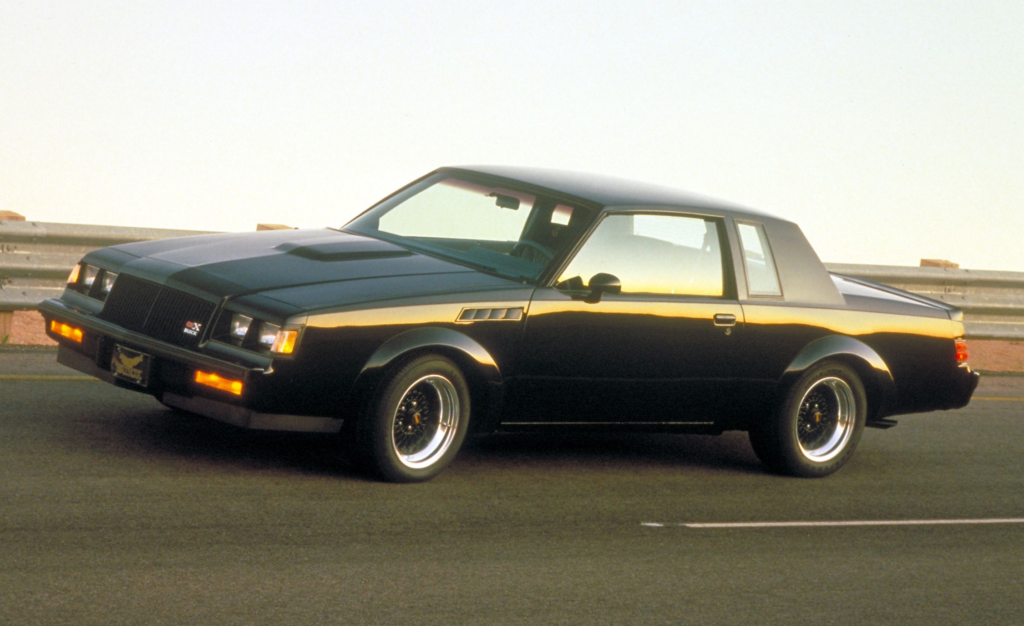
When Buick partnered with McLaren Performance Technologies, they didn’t just build a faster car – they created an American automotive legend. The modified 3.8-liter V6 produced an officially rated 276 horsepower and 360 lb-ft of torque, though dyno testing regularly showed numbers closer to 300 horsepower – making it the most powerful American car of its era. Special ceramic-coated turbochargers and a sophisticated air-to-air intercooler system pushed the limits of 1980s technology. Testing revealed 4.6-second 0-60 mph times and quarter-mile runs of 13.2 seconds – quick enough to embarrass Ferraris costing three times as much.
1986 Buick Regal Grand National GNX (Interior)
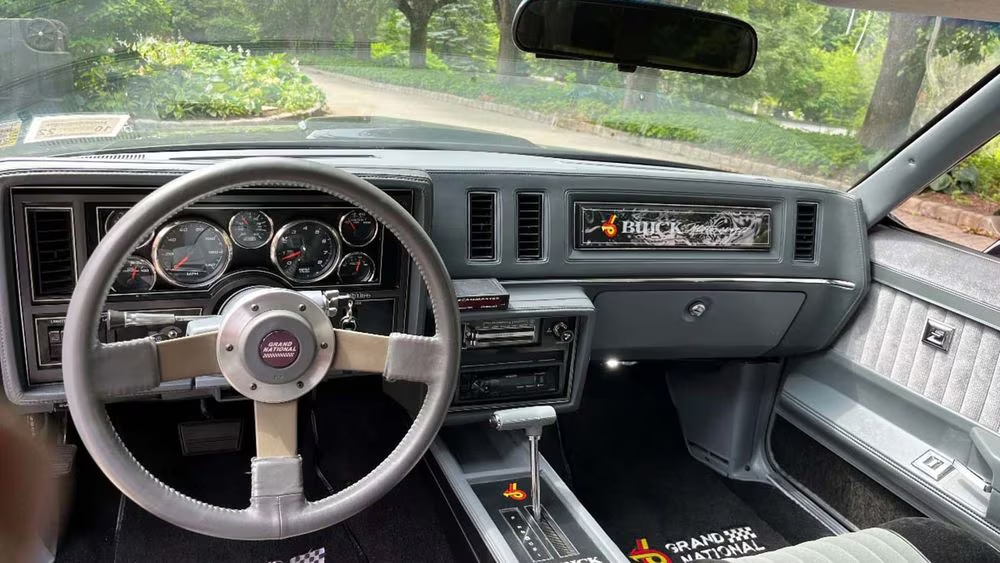
Limited to exactly 547 units, each finished in sinister black, the GNX represented the ultimate evolution of turbocharged American muscle. Today, these cars command prices that make their original sticker shock seem quaint – proving that sometimes the best investment is horsepower.
3. 1987 Chevrolet Camaro IROC-Z (Exterior)
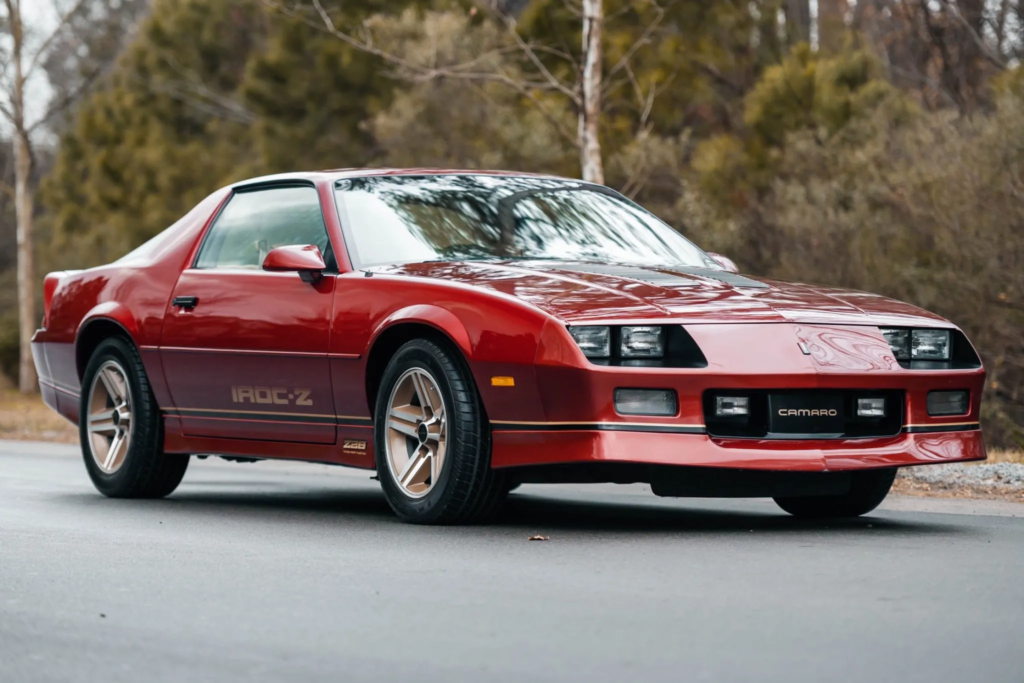
Named after the International Race of Champions series where all-star drivers competed in identical cars, the IROC-Z represented American performance democratized. The tuned port injection 5.0-liter V8 generated 225 horsepower and 240 lb-ft of torque, while advanced suspension geometry pulled 0.90g on the skidpad – numbers that challenged Porsche 944s at half the price. Four-wheel disc brakes, 16-inch wheels, and specially tuned Bilstein shocks transformed the F-body platform into a legitimate world-class performer.
1987 Chevrolet Camaro IROC-Z (Interior)
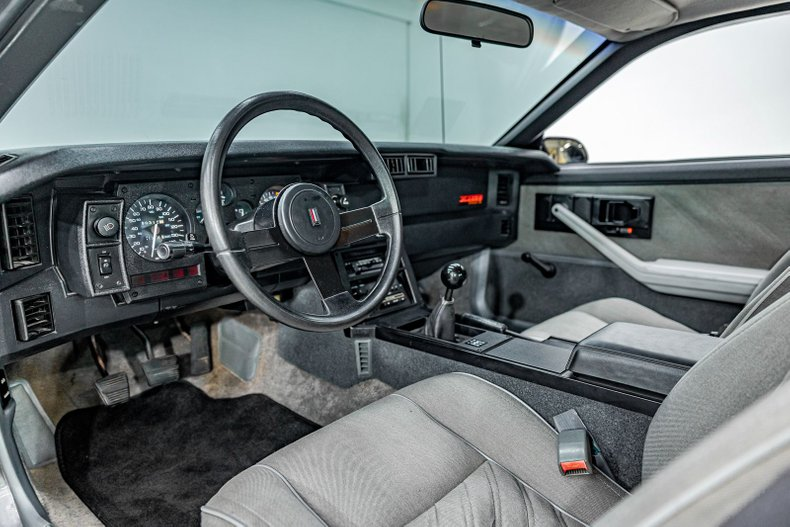
Testing revealed 6.5-second 0-60 mph times while quarter-mile runs consistently broke into the 14-second range. Walk into any car show today and you’ll still hear stories about stock IROC-Zs taking down exotic cars – the ultimate testament to Chevrolet’s engineering achievement.
2. 1987 Pontiac Firebird Formula 350 (Exterior)
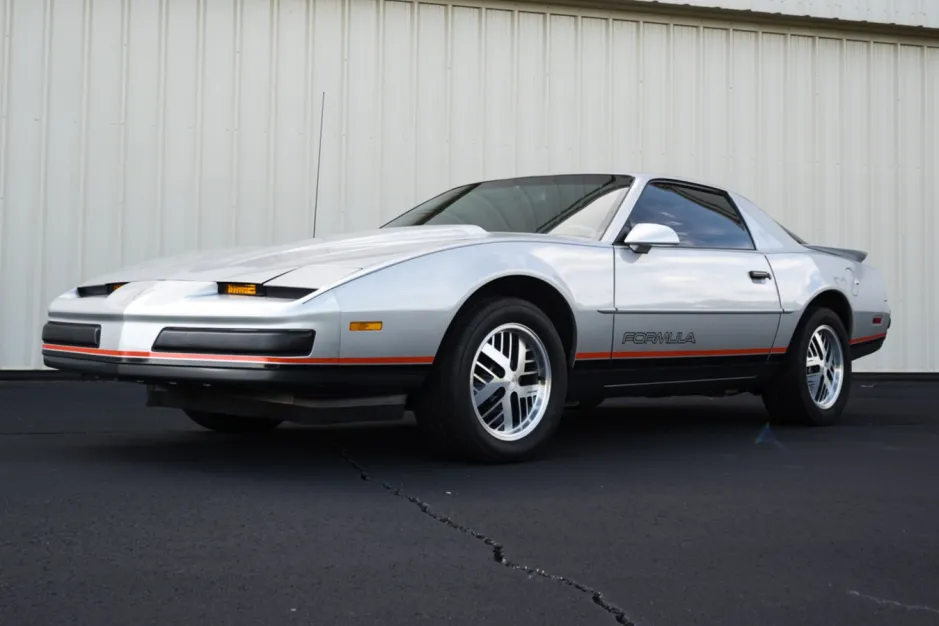
While the Trans Am grabbed headlines, the Formula 350 delivered its performance without the flash. The 5.7-liter V8 produced 210 horsepower and 300 lb-ft of torque, making it the sleeper of Pontiac’s performance lineup. Adding the legendary WS6 performance package transformed this already capable F-body, bringing four-wheel disc brakes, stiffer springs, and larger sway bars – hardware that would influence handling development for years to come.
1987 Pontiac Firebird Formula 350 (Interior)
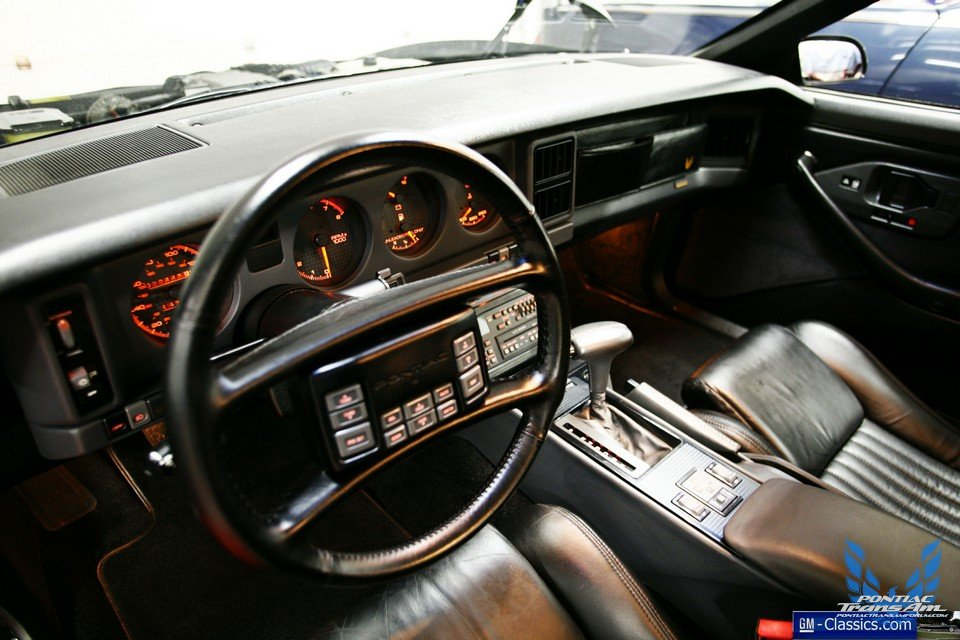
Testing revealed 6.0-second 0-60 mph sprints and quarter-mile times in the mid-14s, matching European sports cars costing thousands more. Think of it as the thinking person’s F-body – all the performance without the graphics, perfect for flying under the radar while outrunning radar.
1. 1989 Pontiac Trans Am Turbo TTA (Exterior)
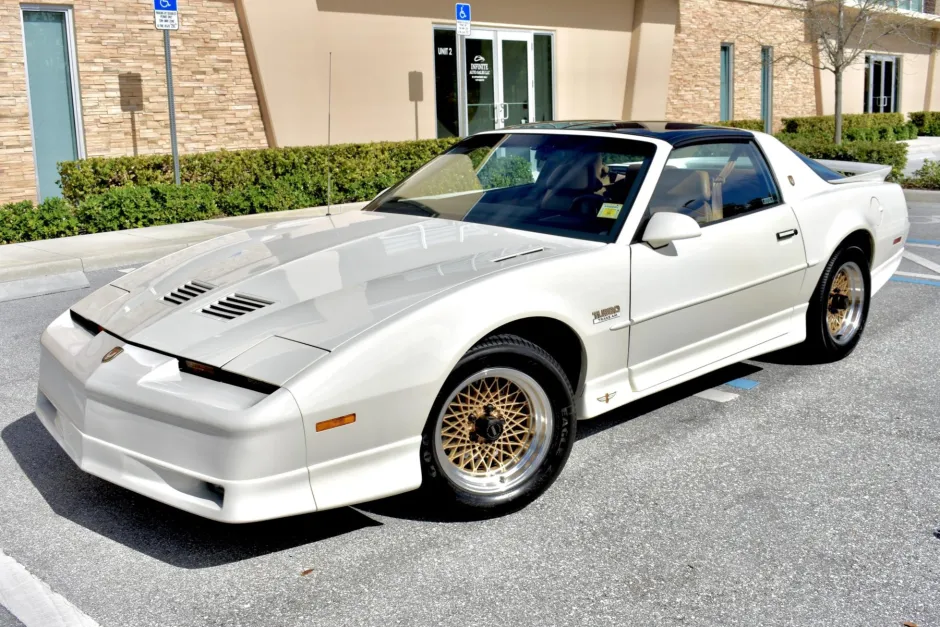
For its 25th anniversary, Pontiac created the ultimate evolution of forced induction performance. The 3.8-liter V6 delivered 250 horsepower and 340 lb-ft of torque through sophisticated engine management and intercooling technology that still impresses today.
1989 Pontiac Trans Am Turbo TTA (Interior)
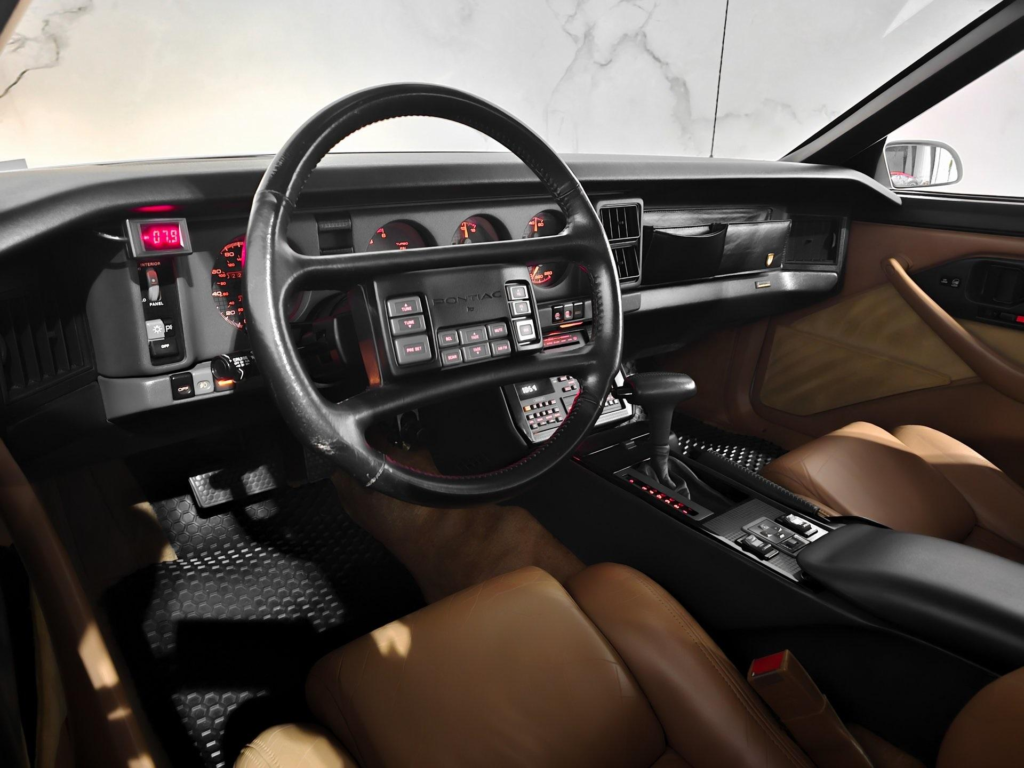
Testing documented 5.0-second 0-60 mph times and 13.4-second quarter-mile runs, while production was limited to 1,555 units. The Turbo TTA didn’t just celebrate Trans Am’s history – it created the blueprint for modern turbocharged performance cars.





